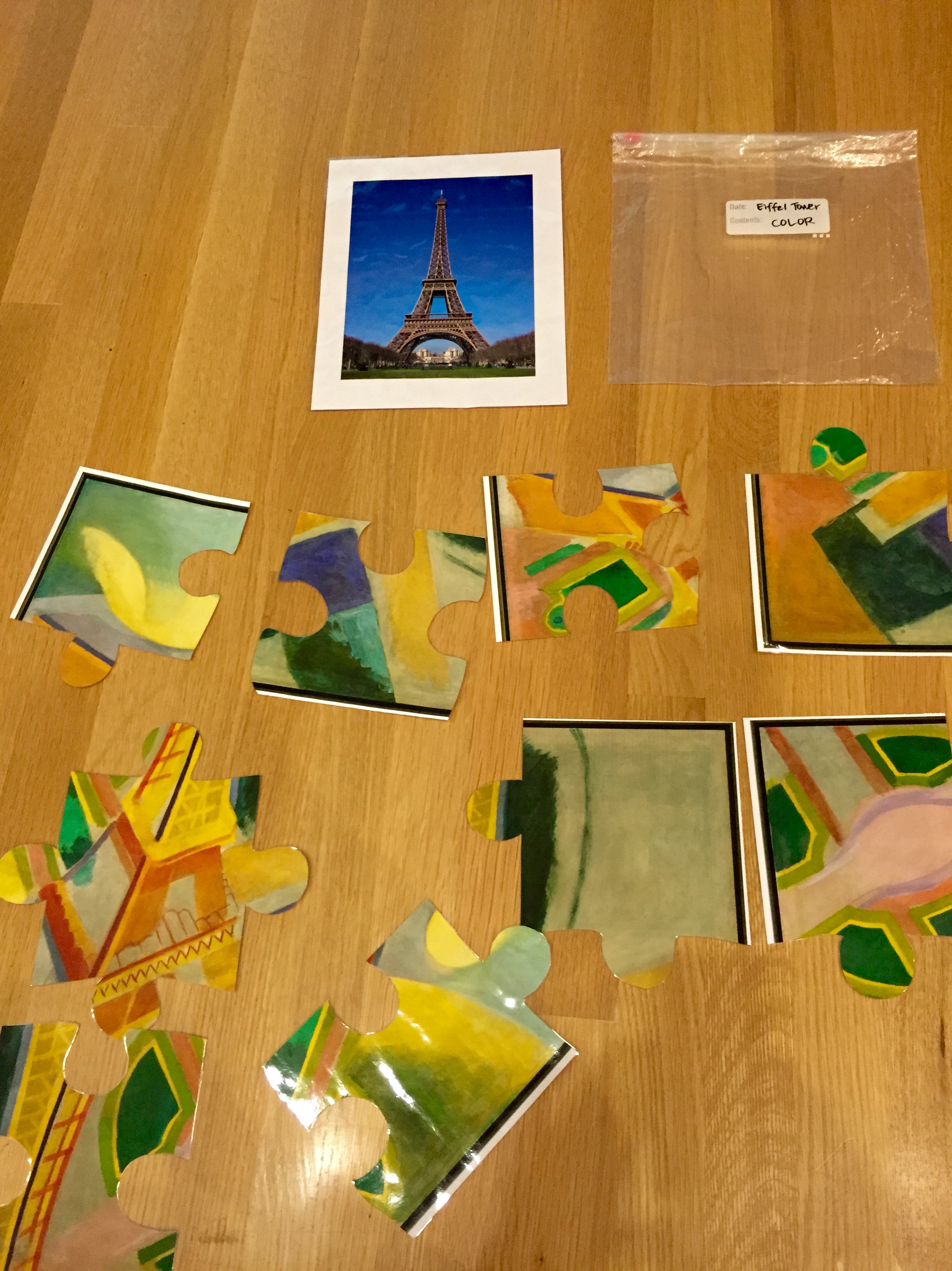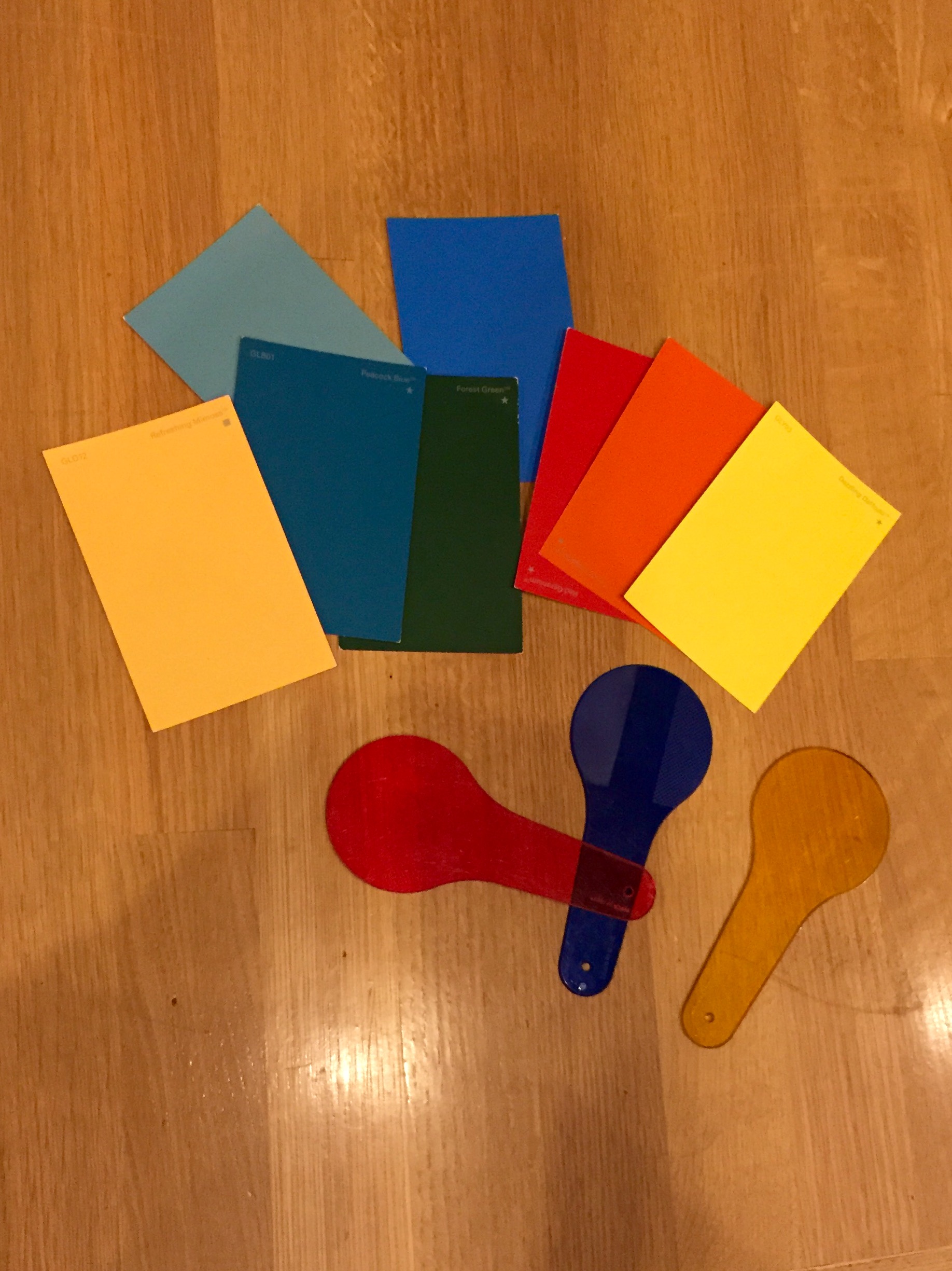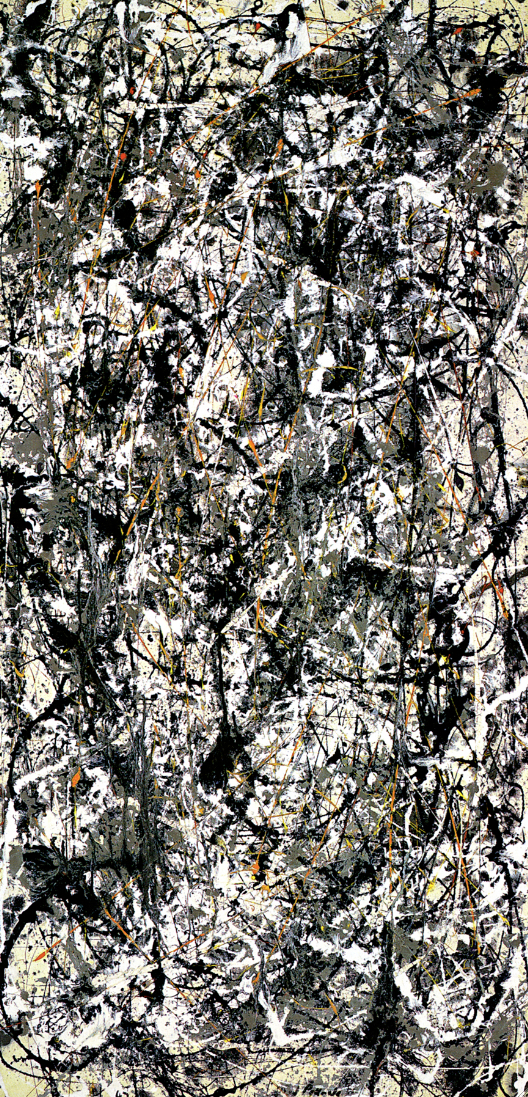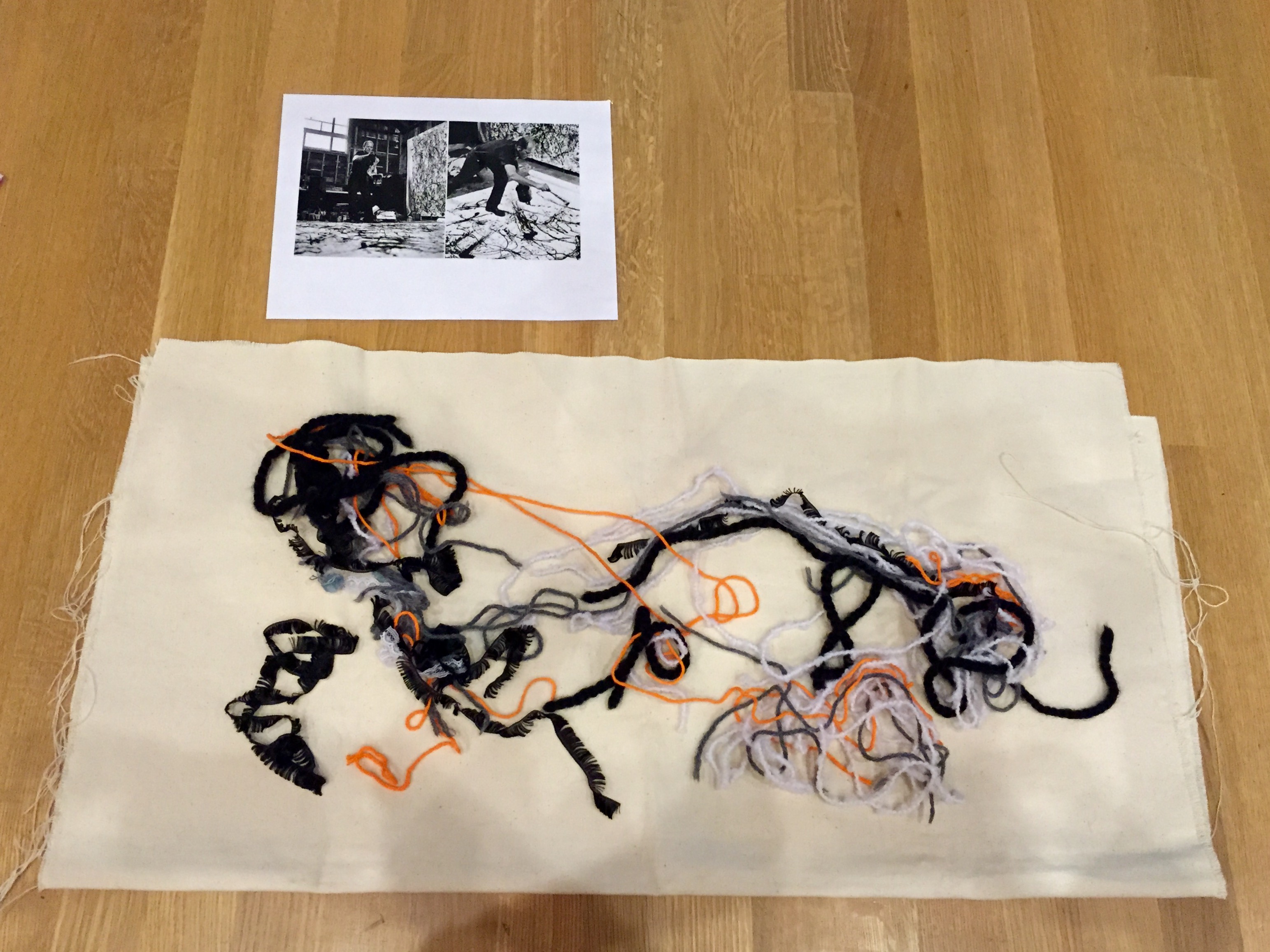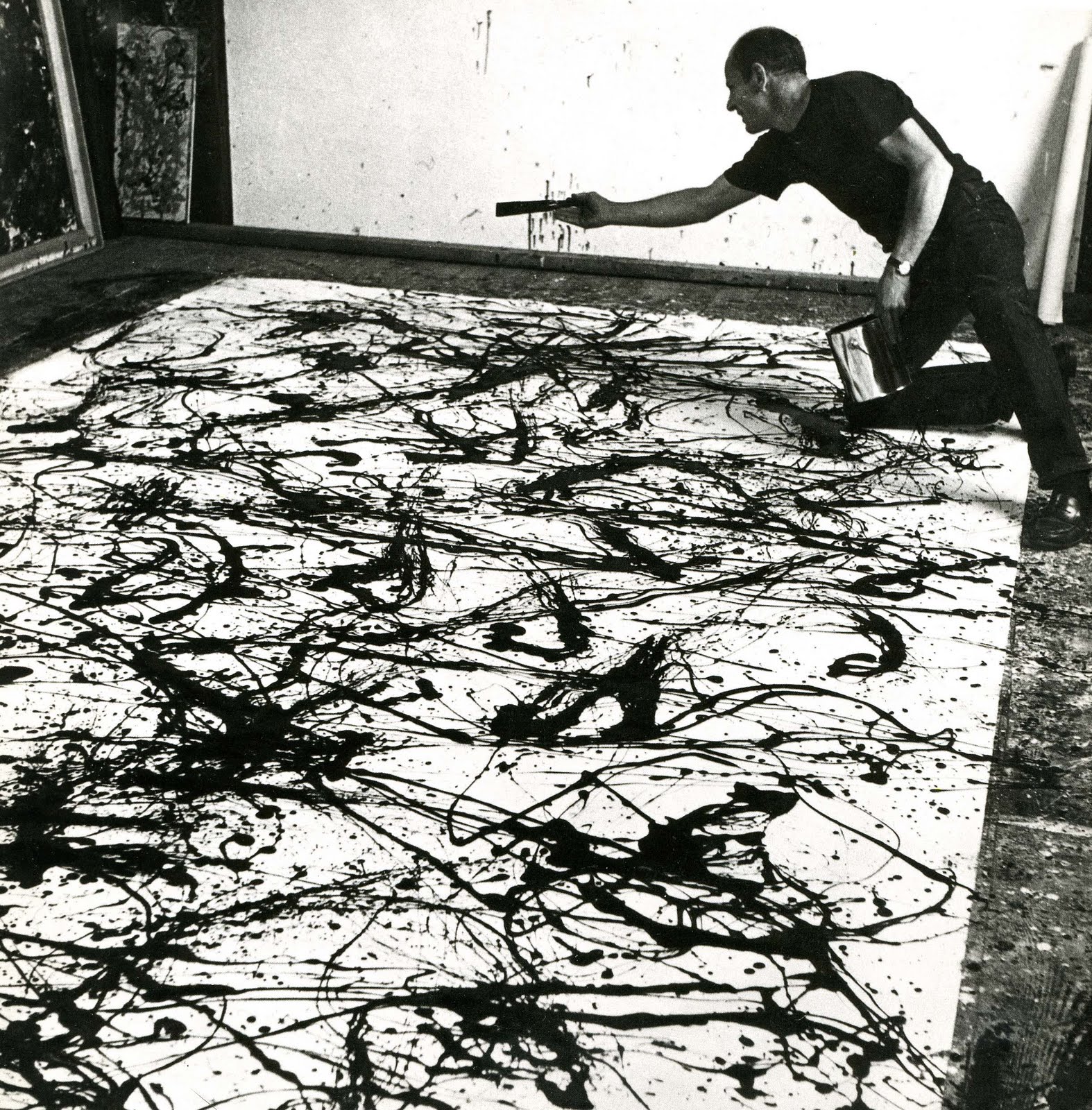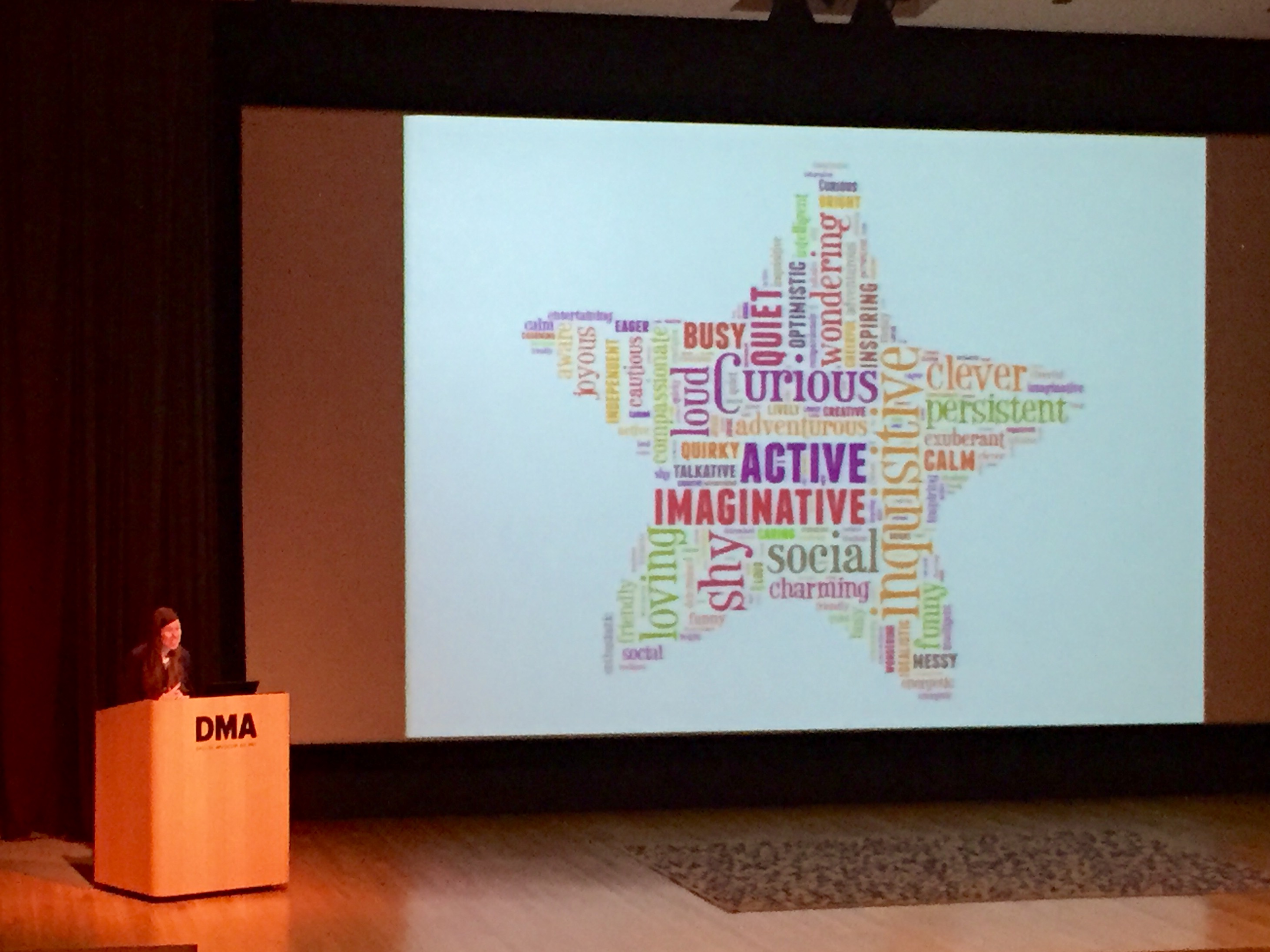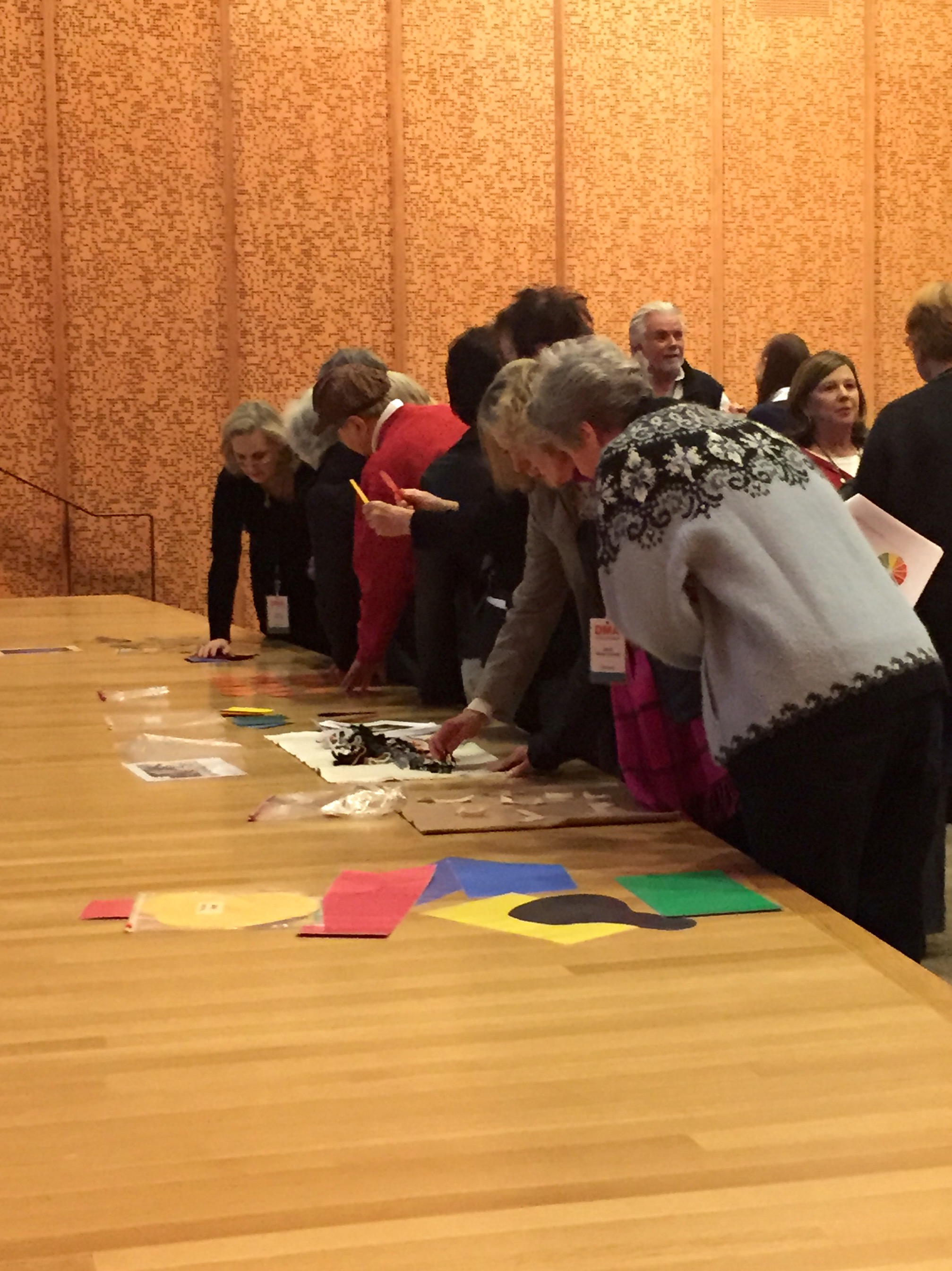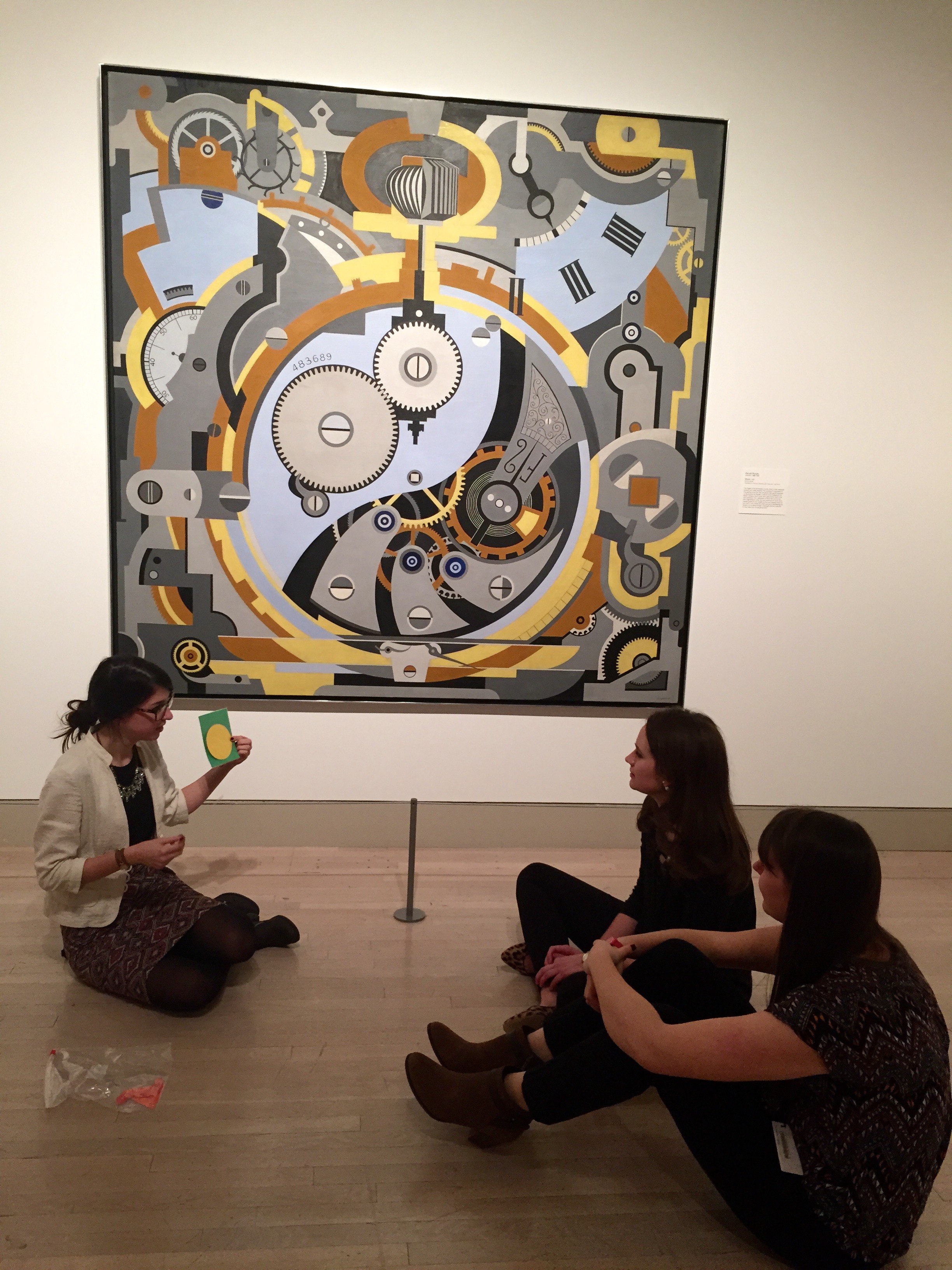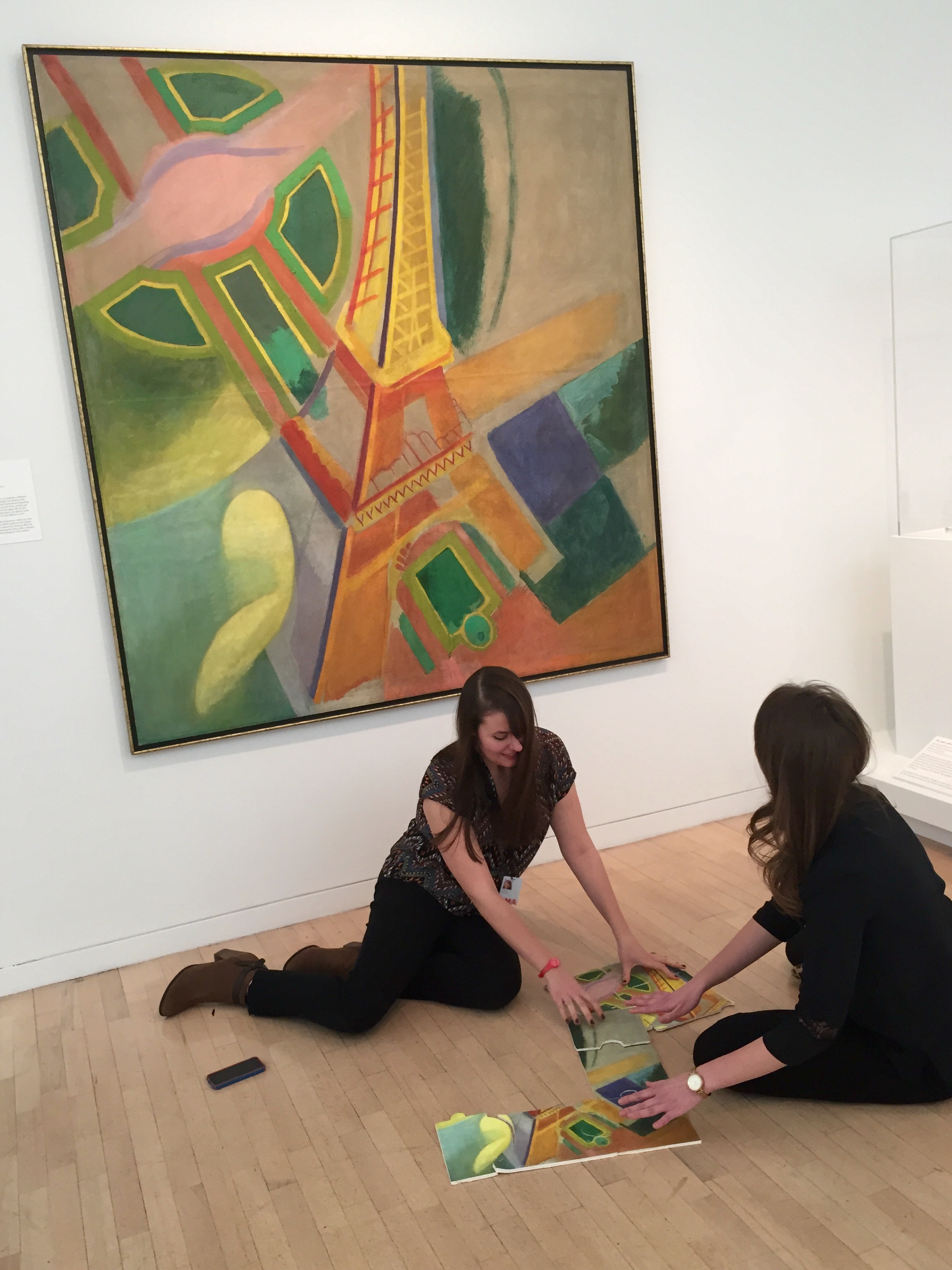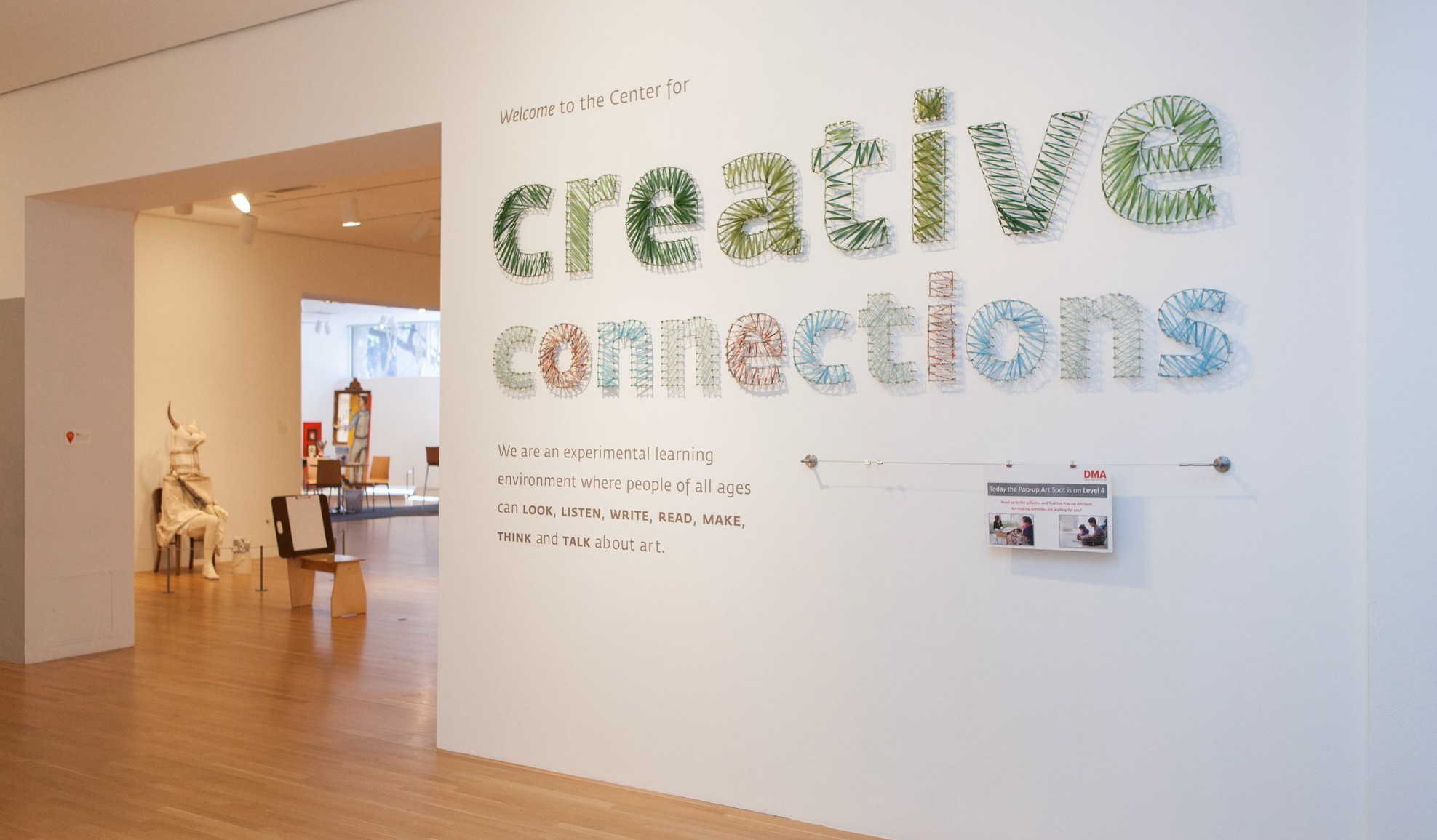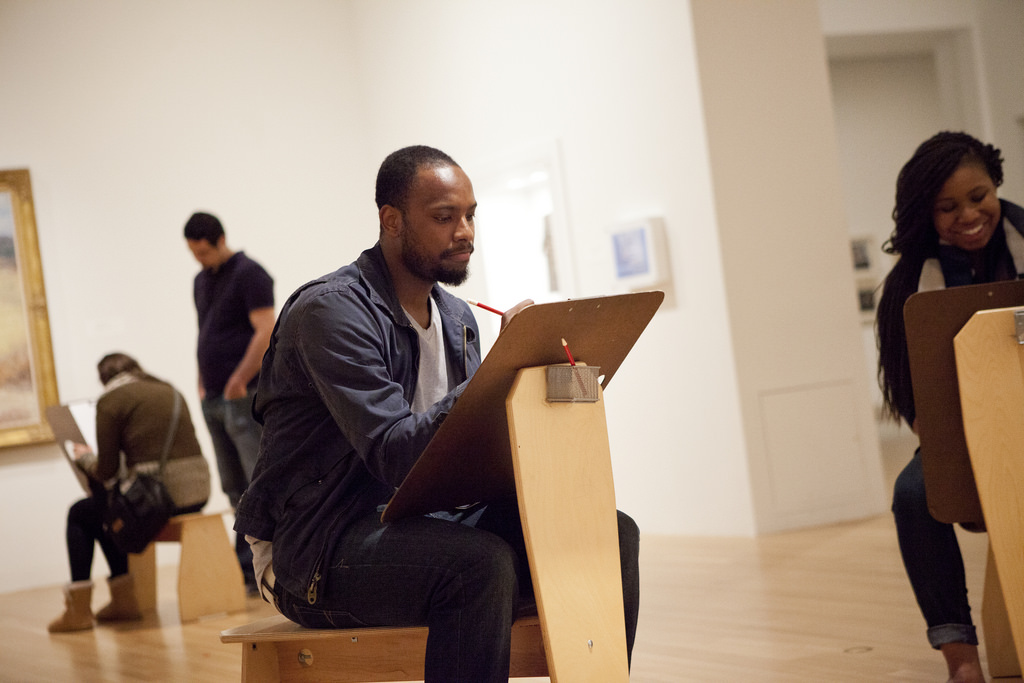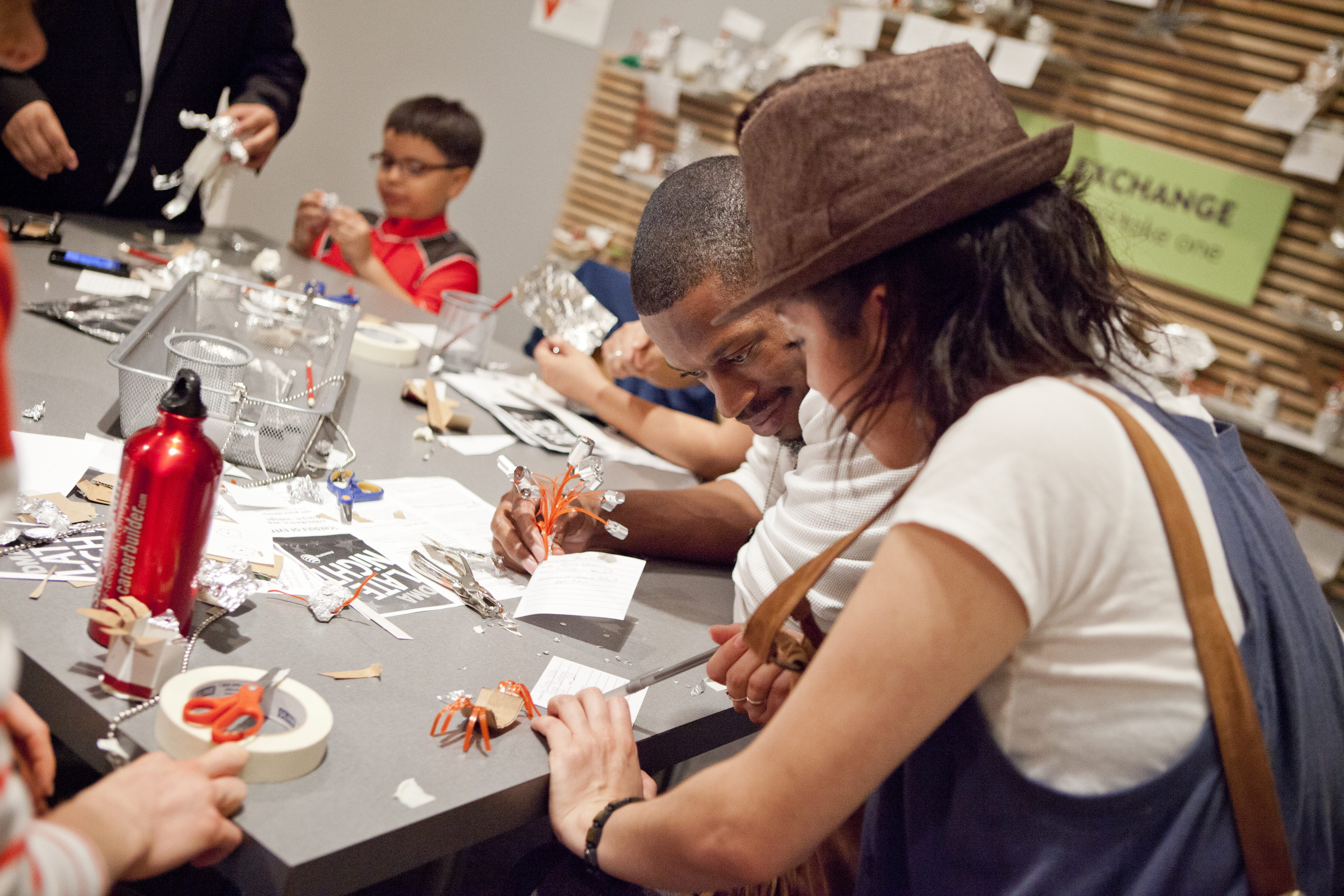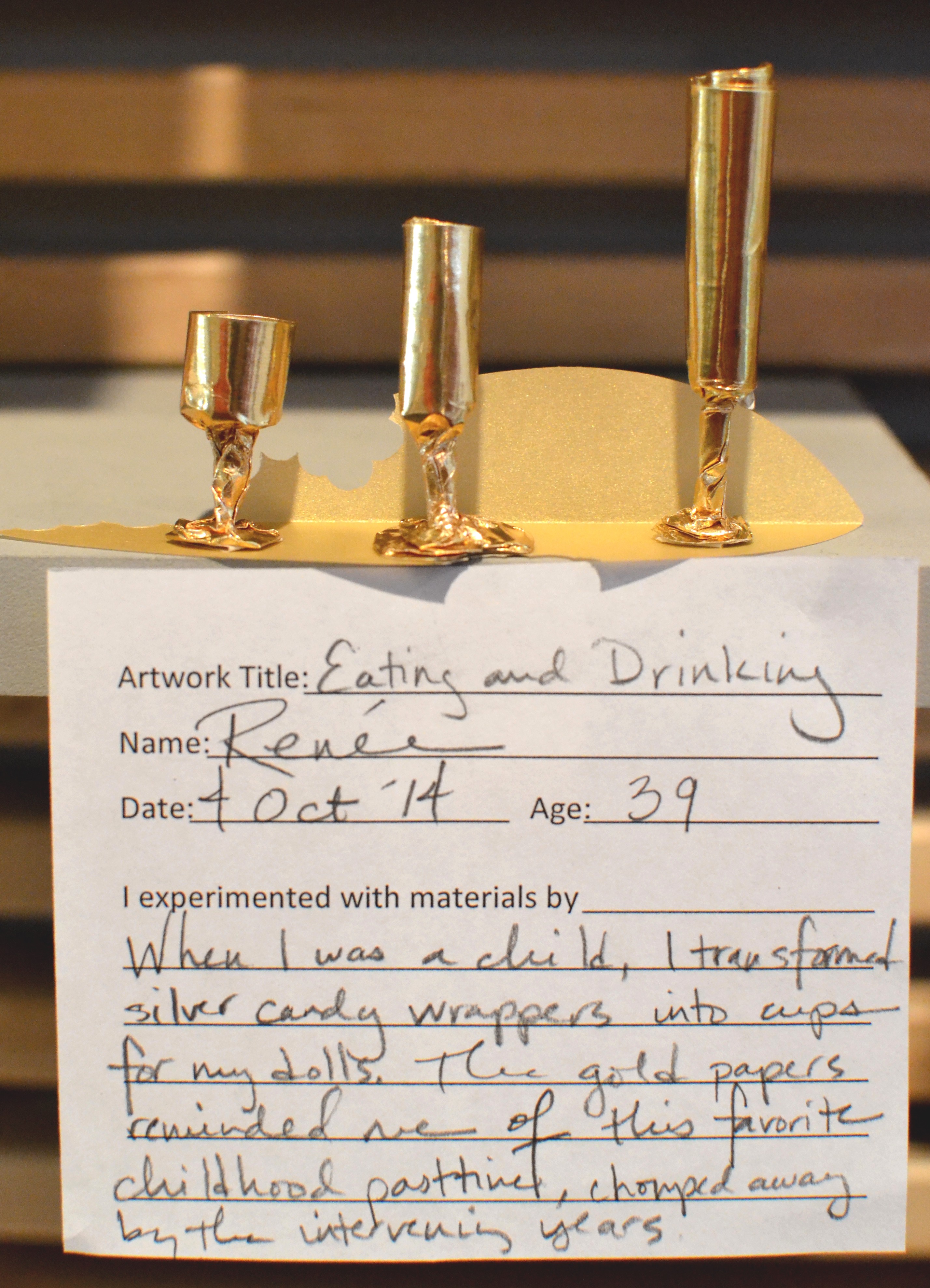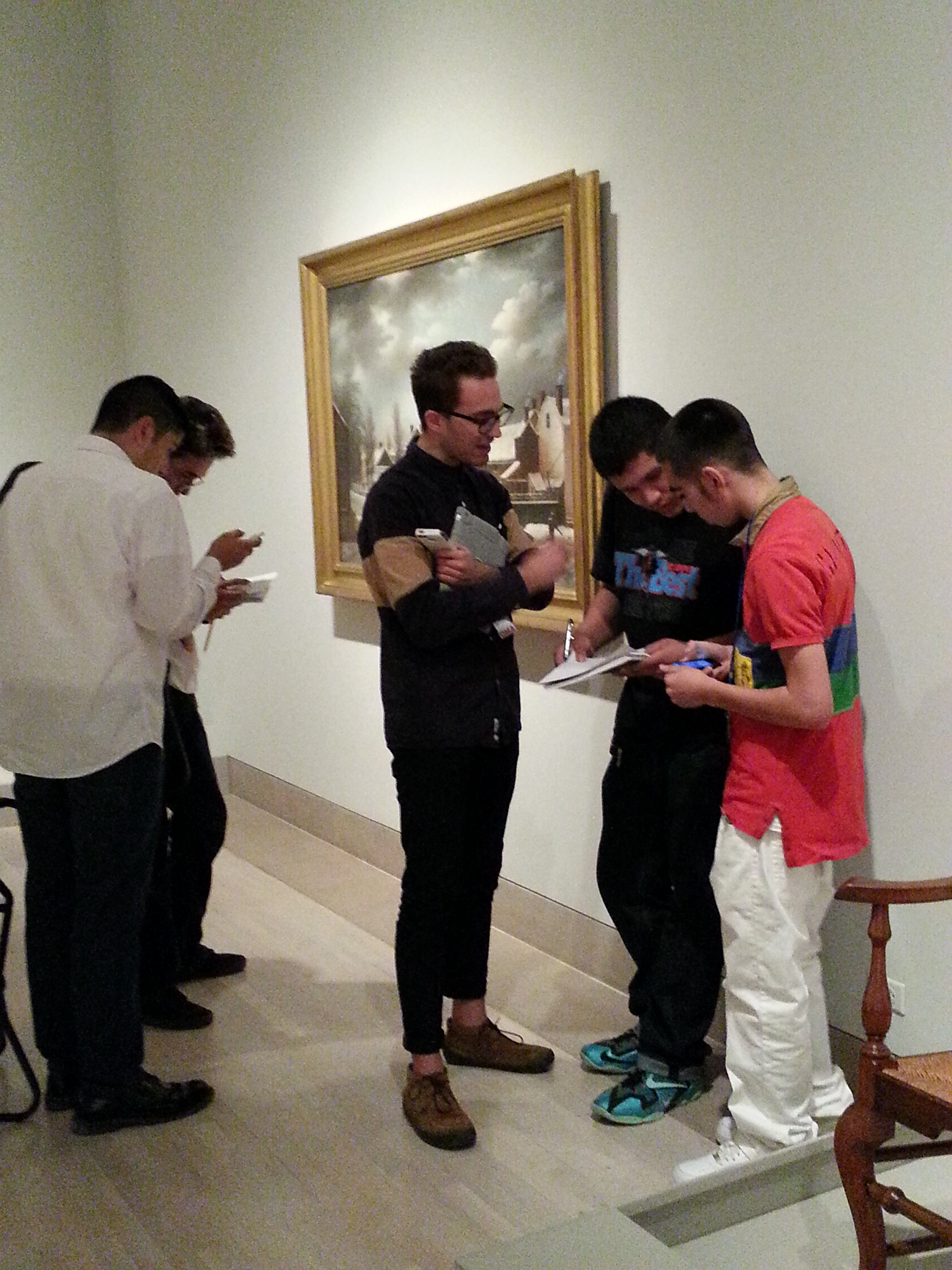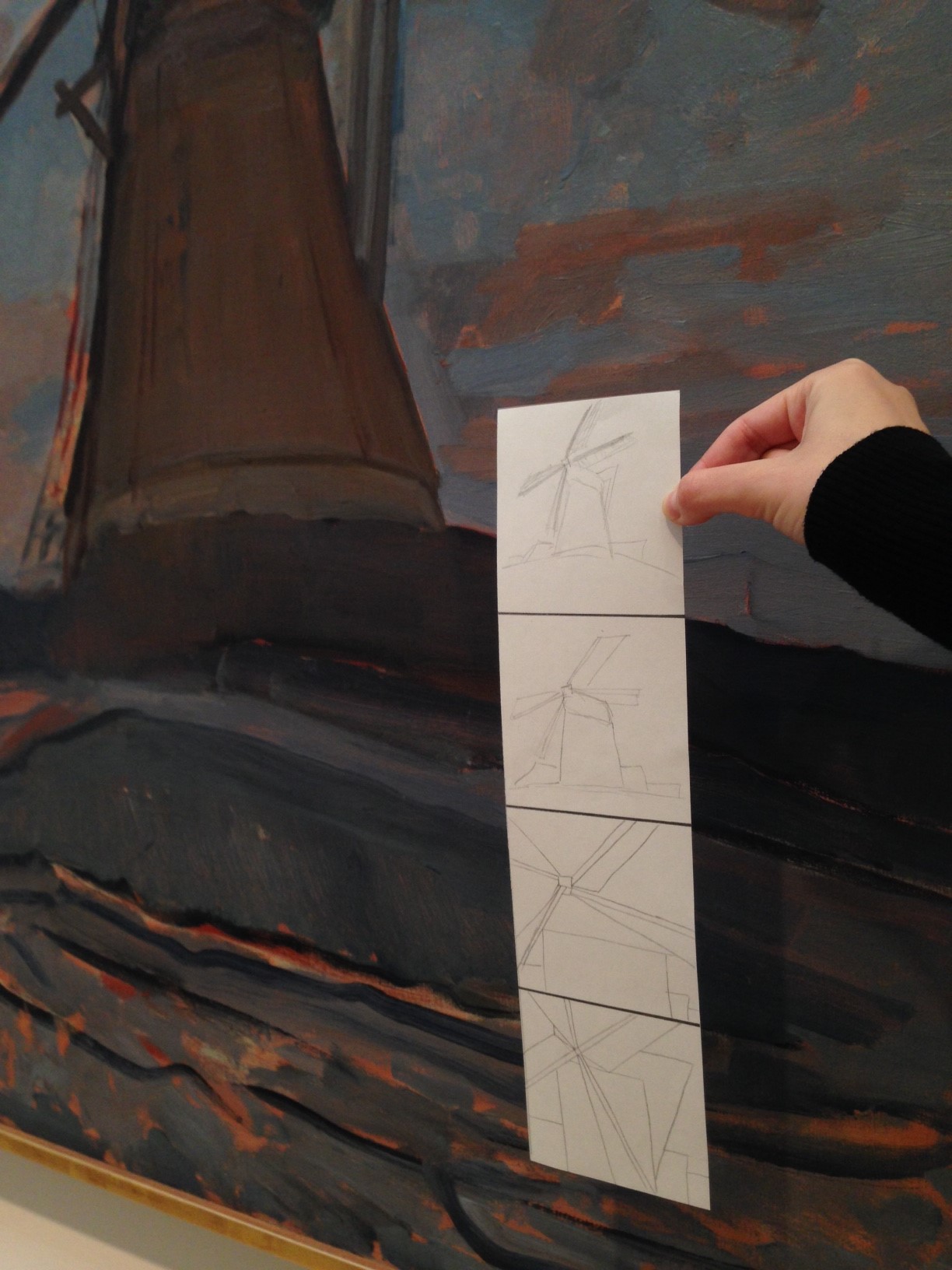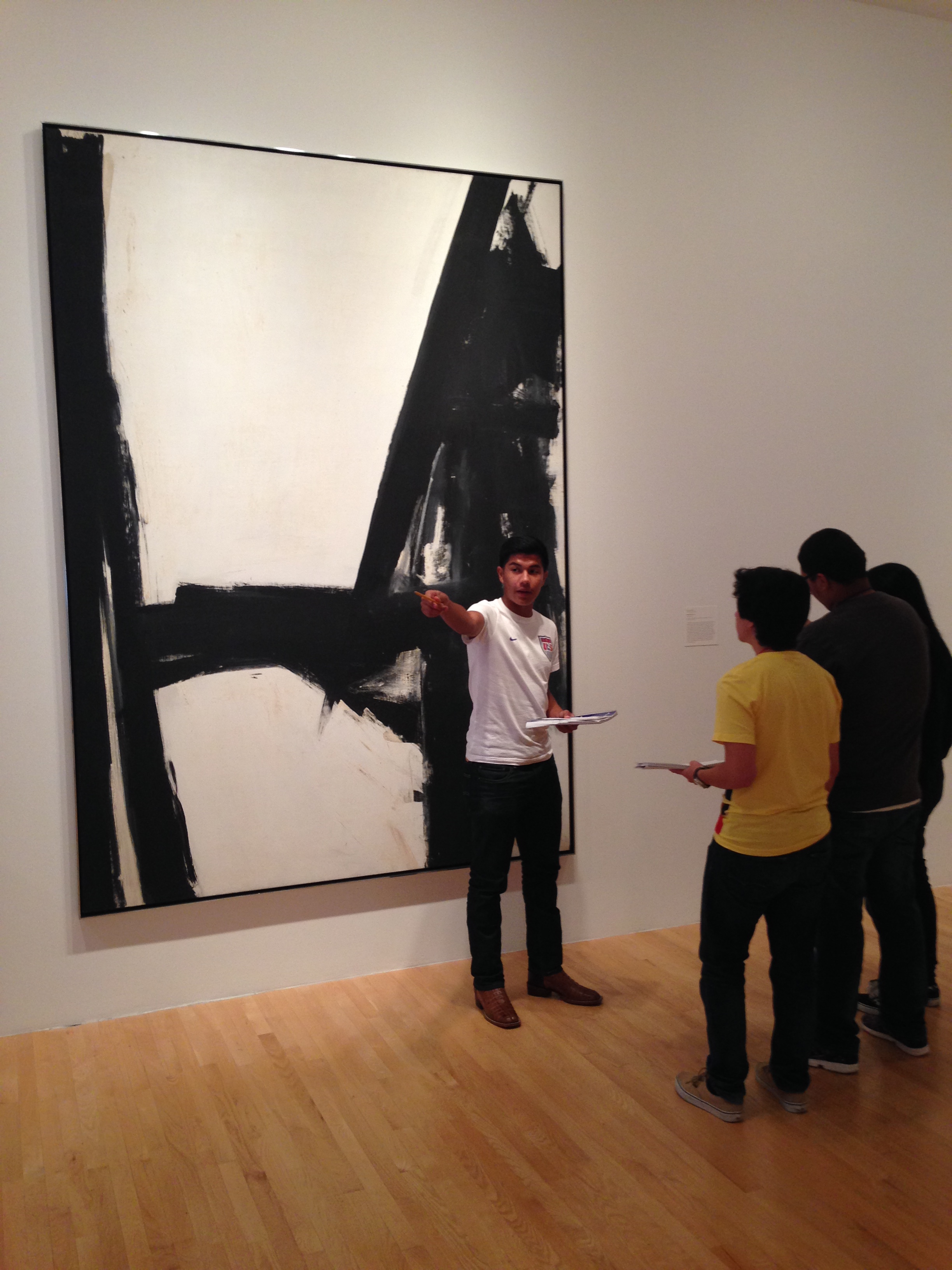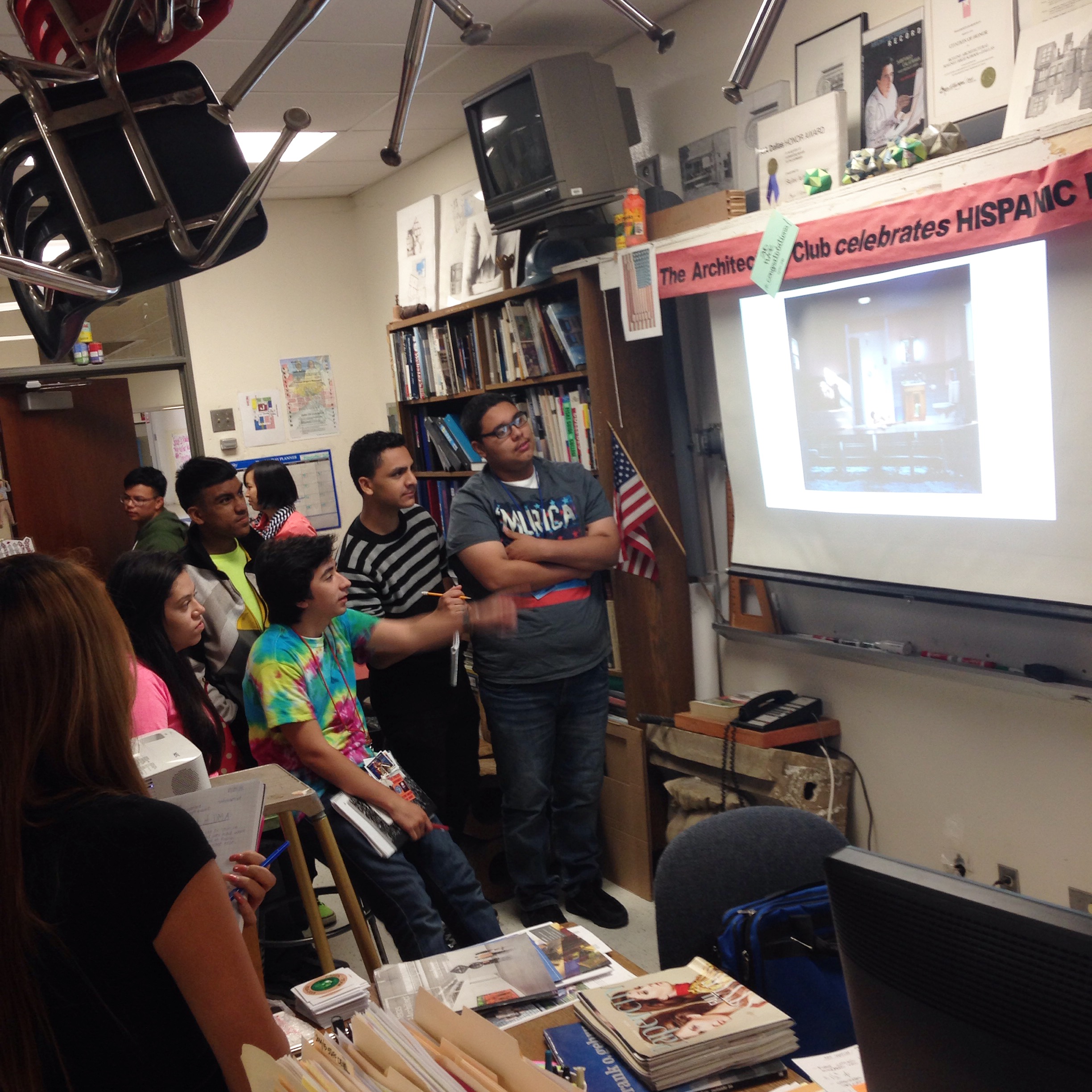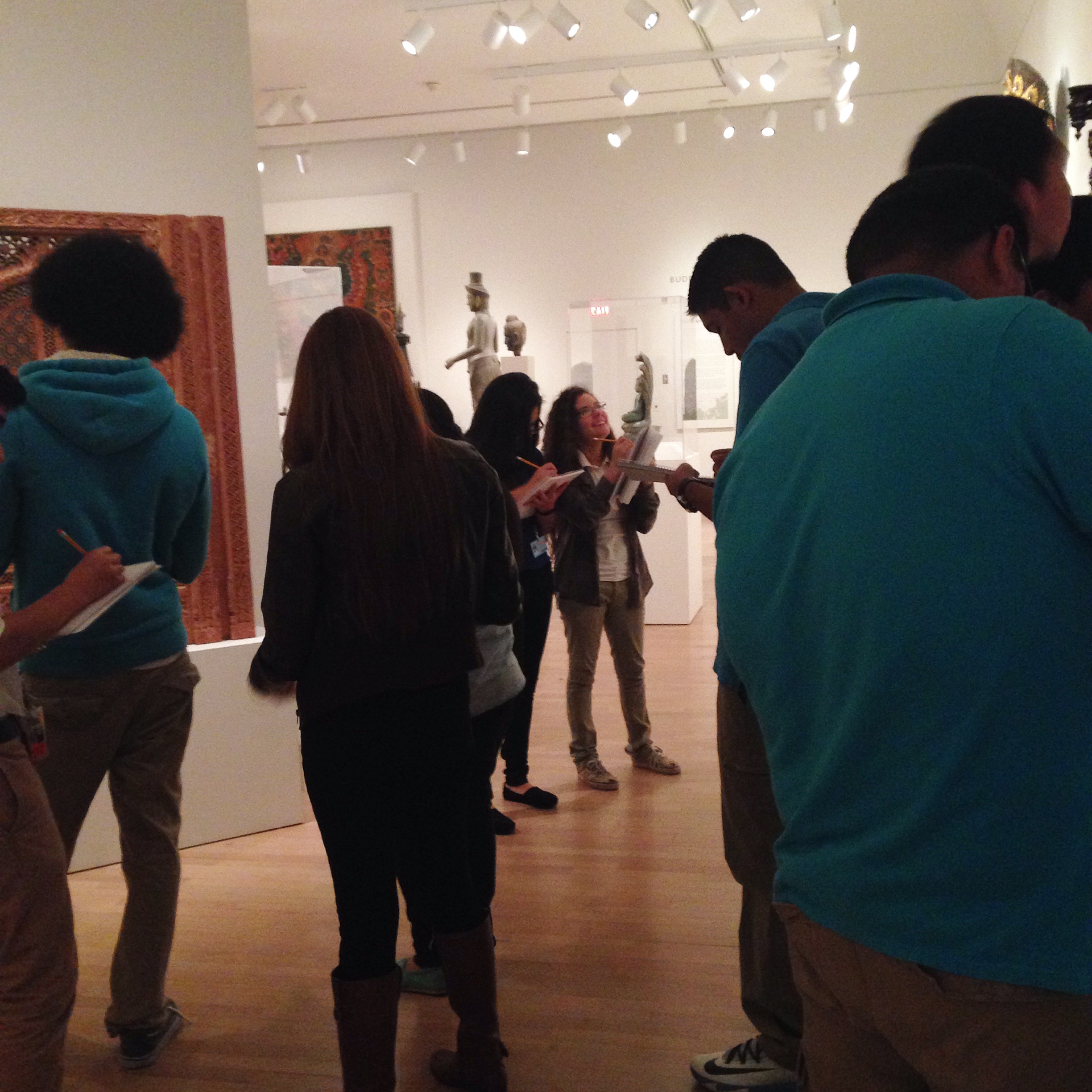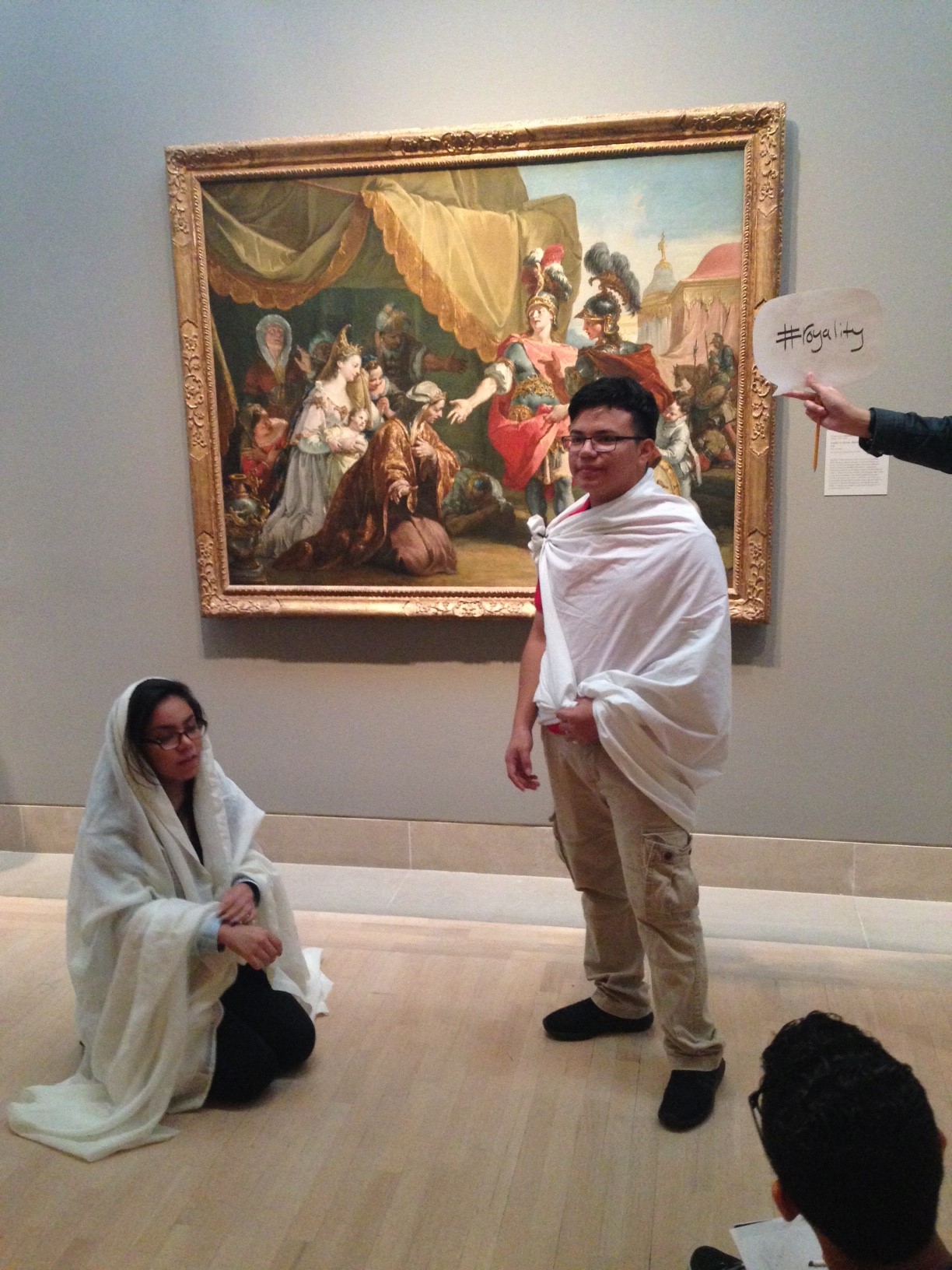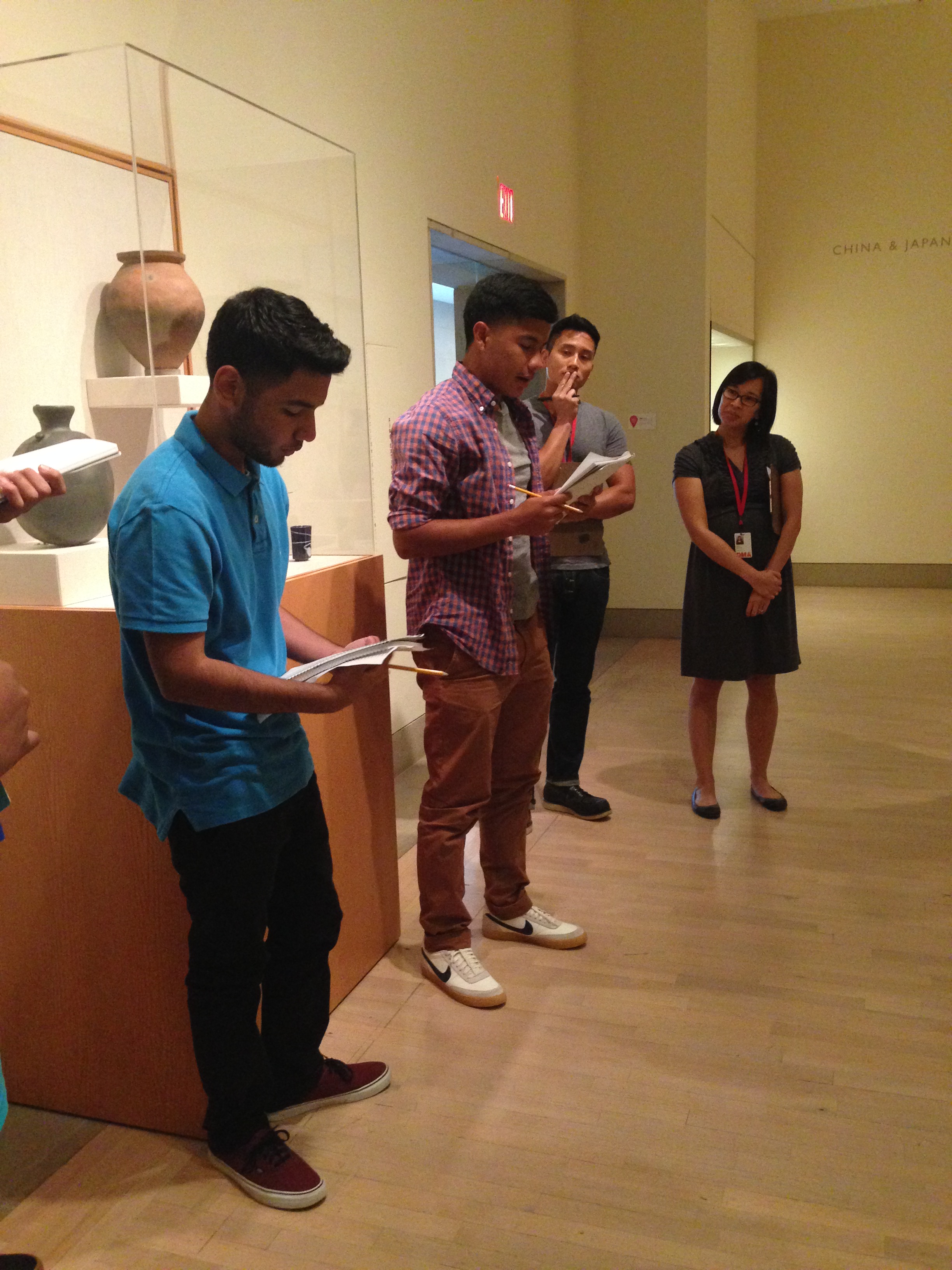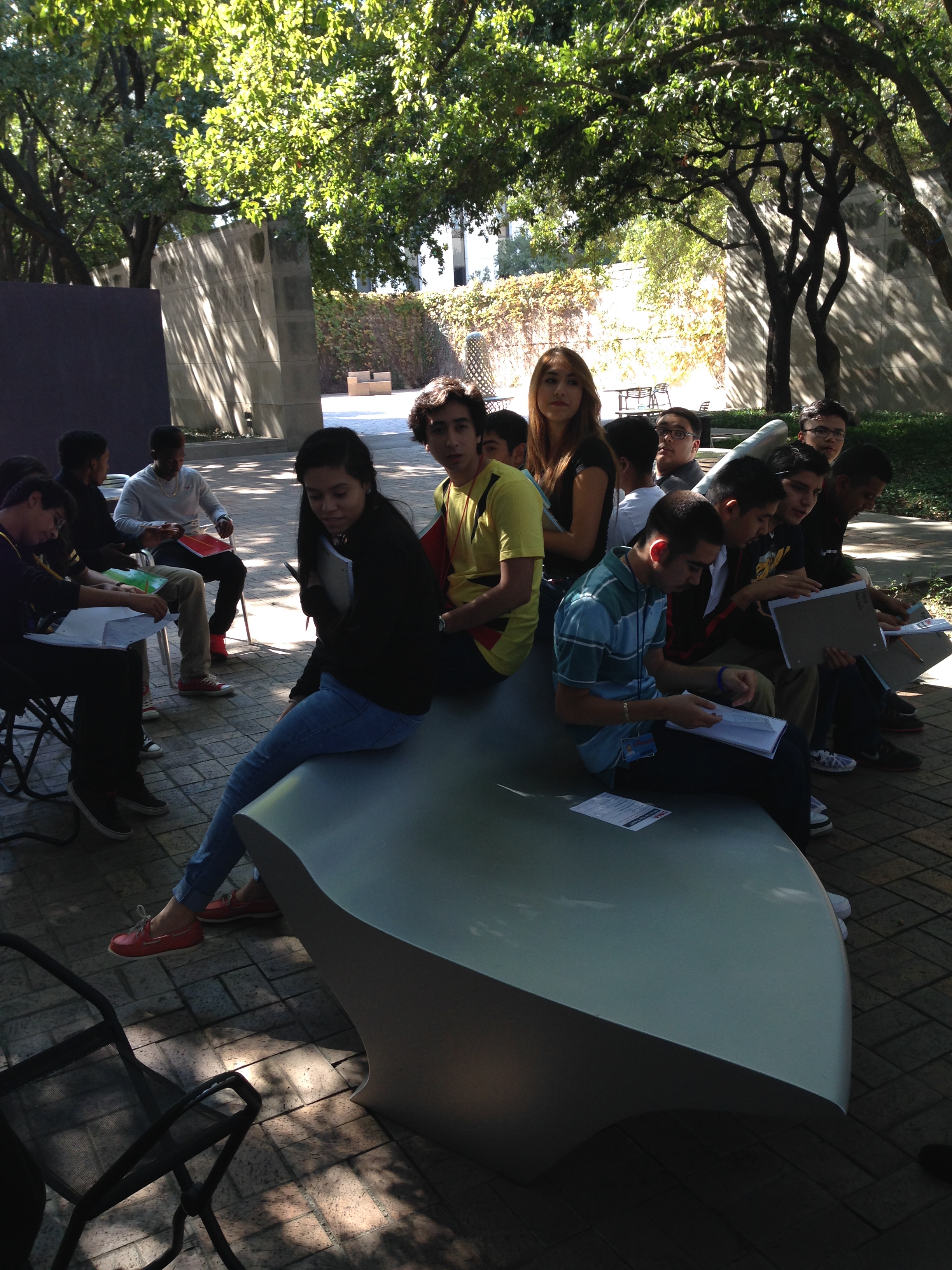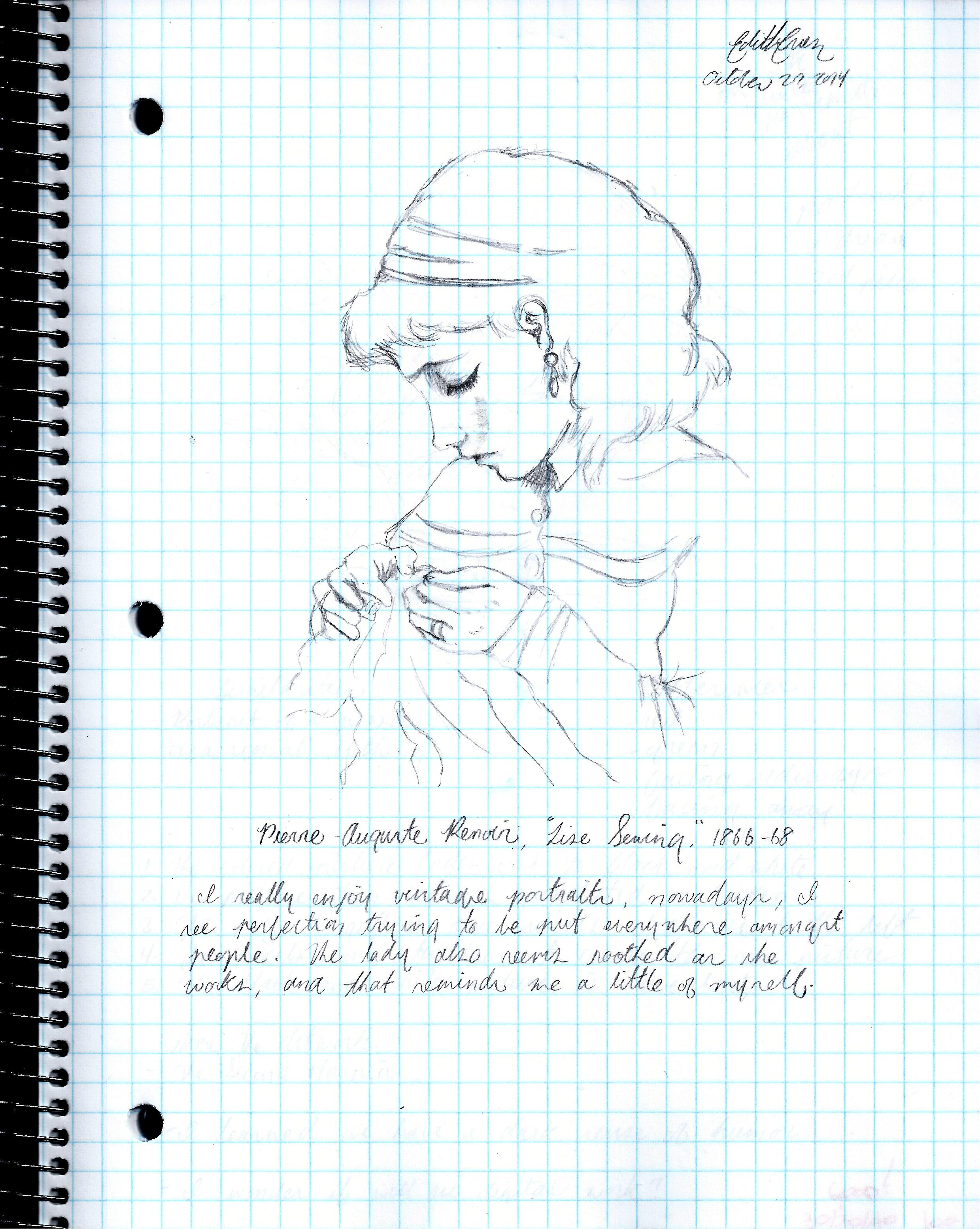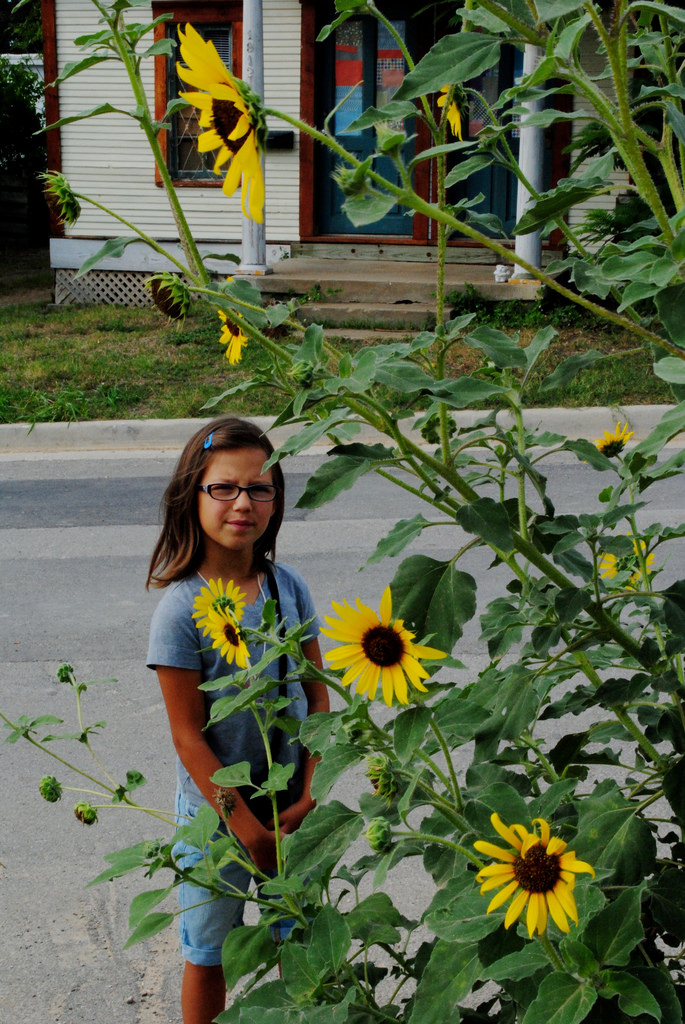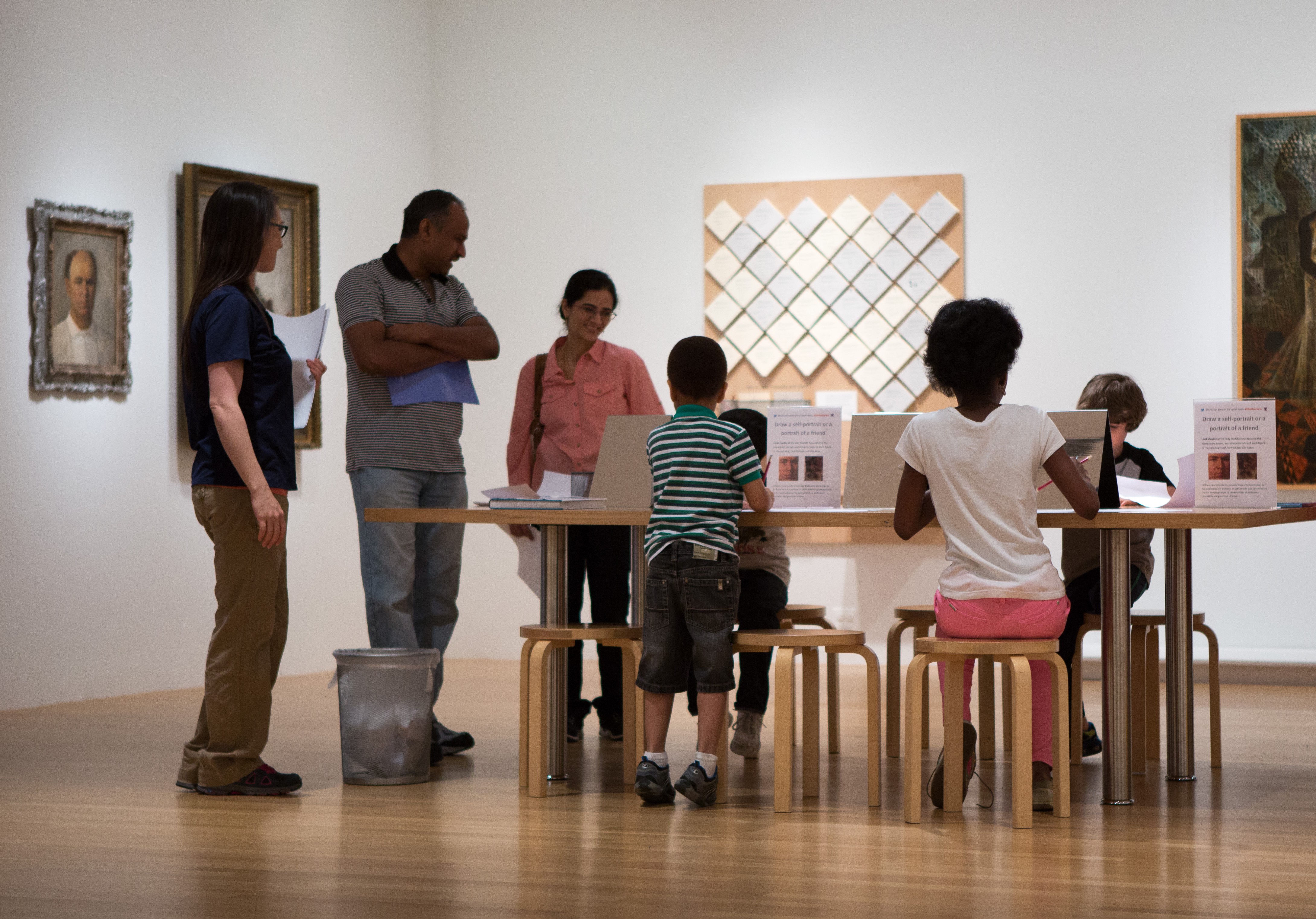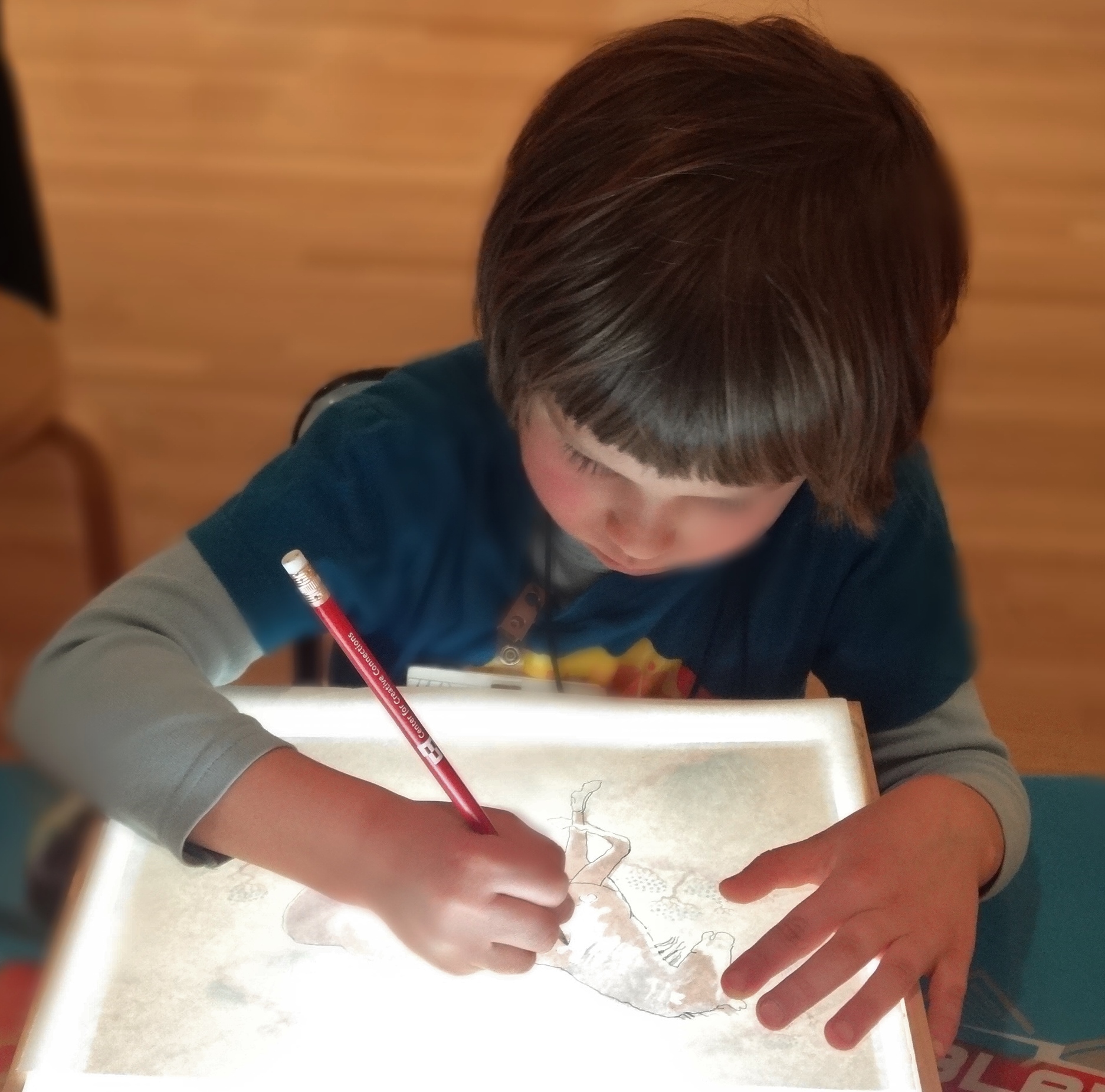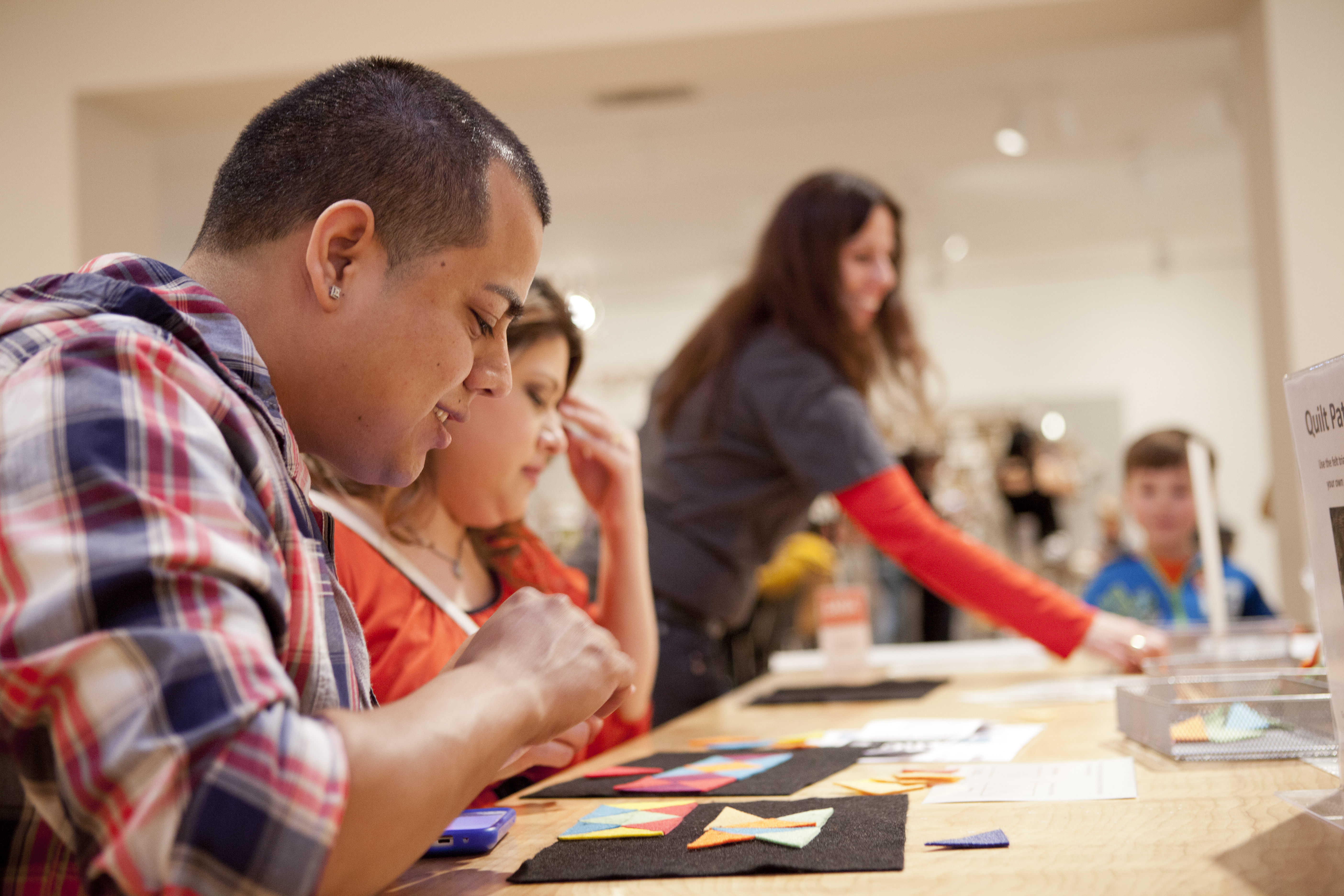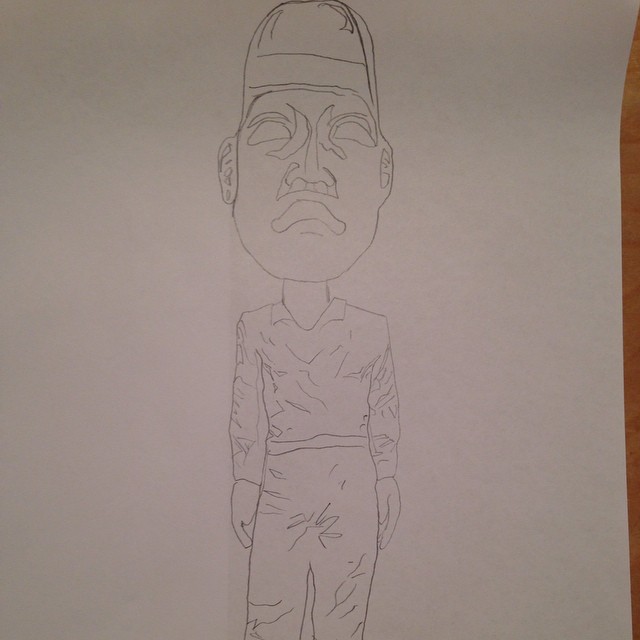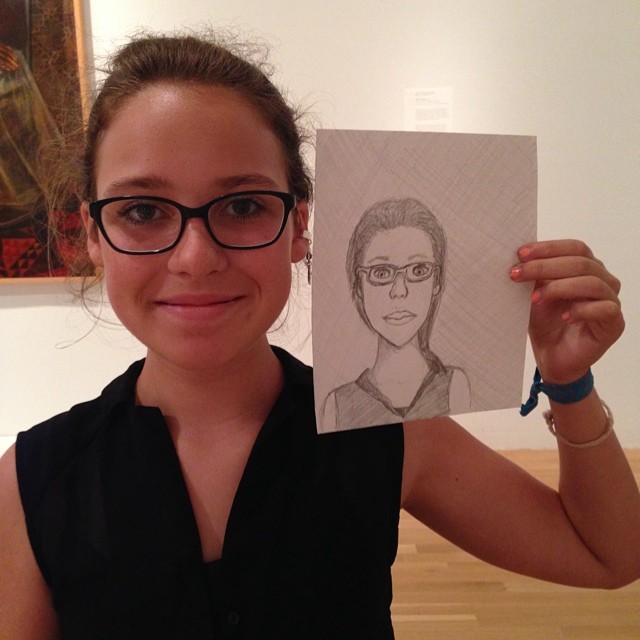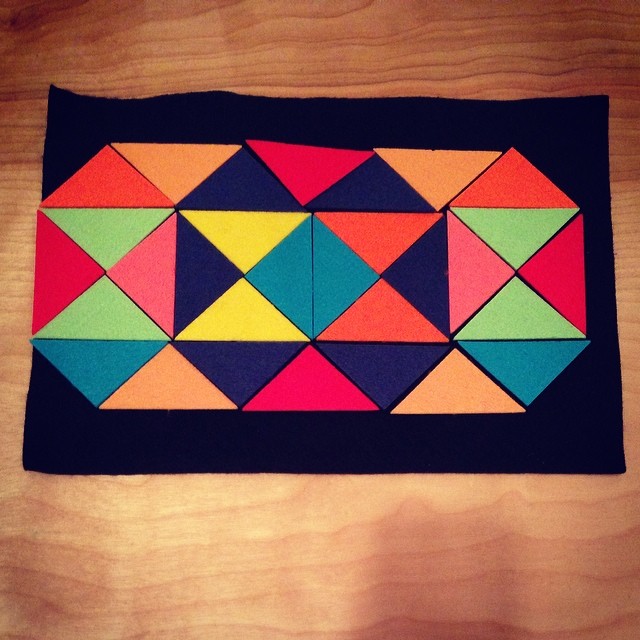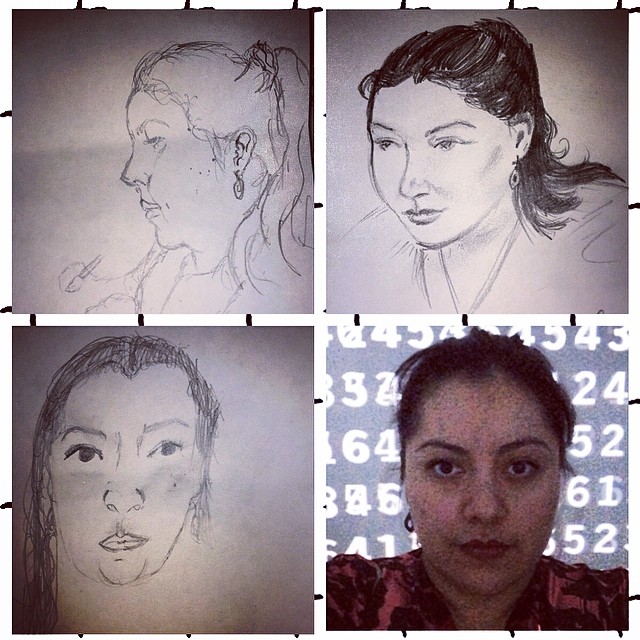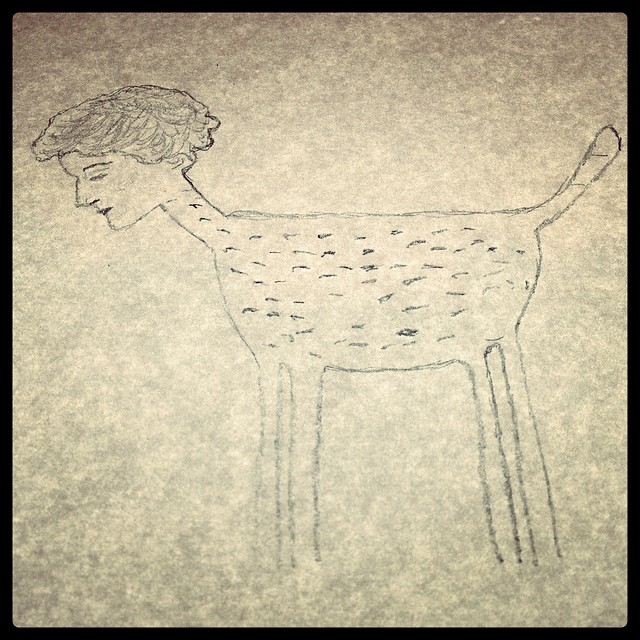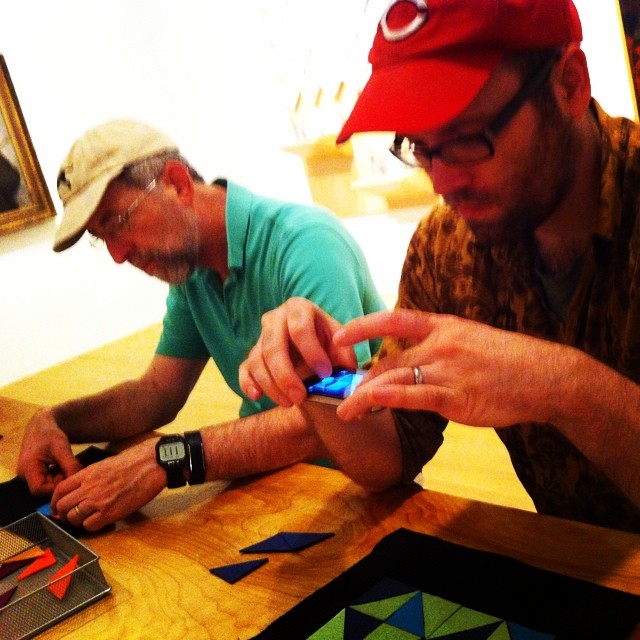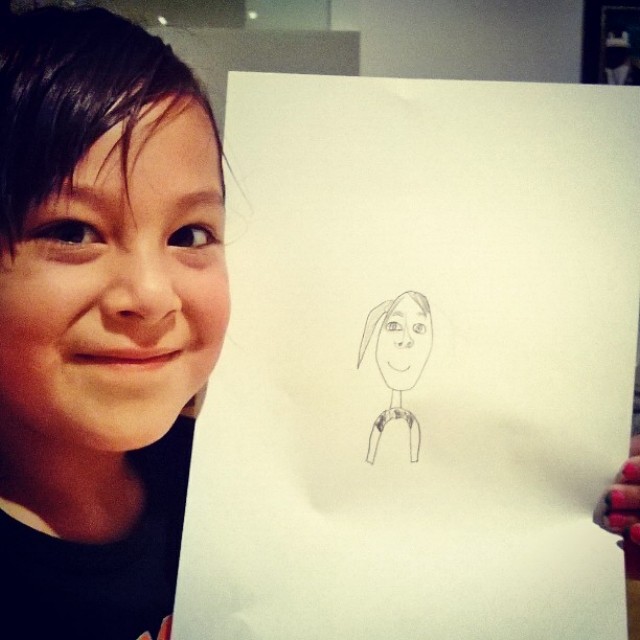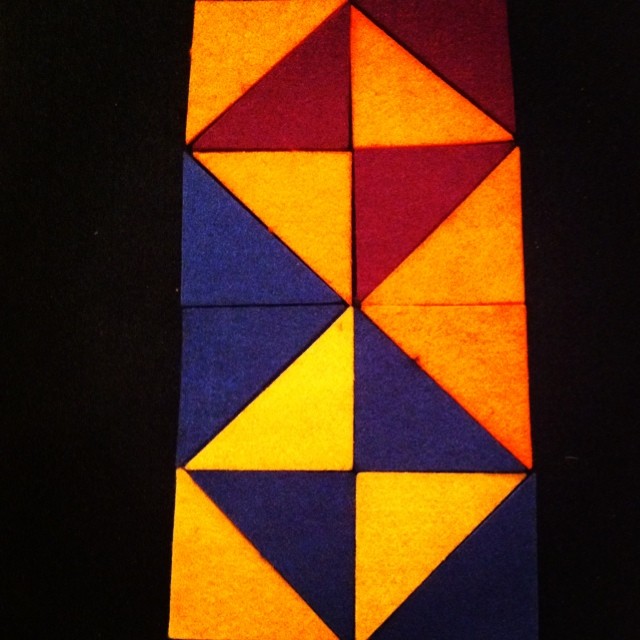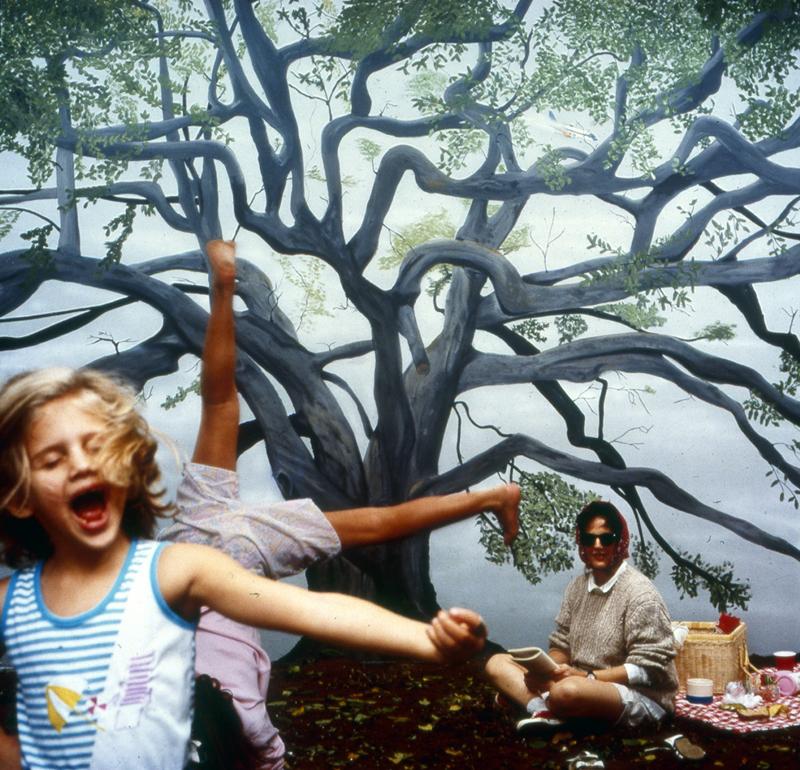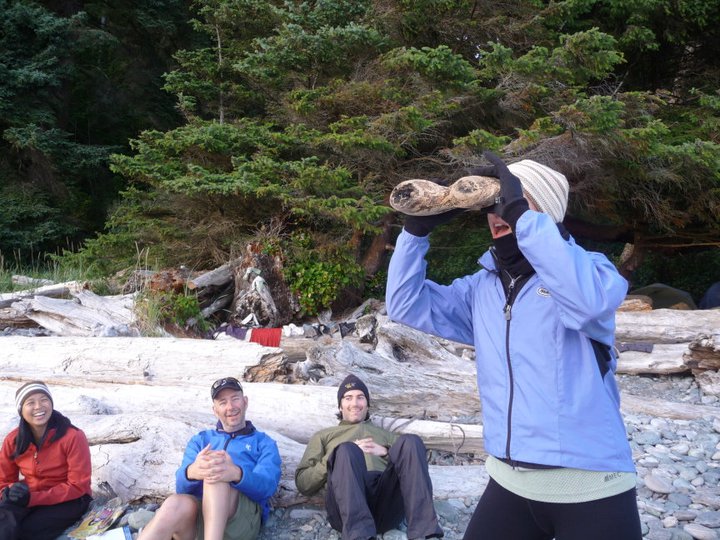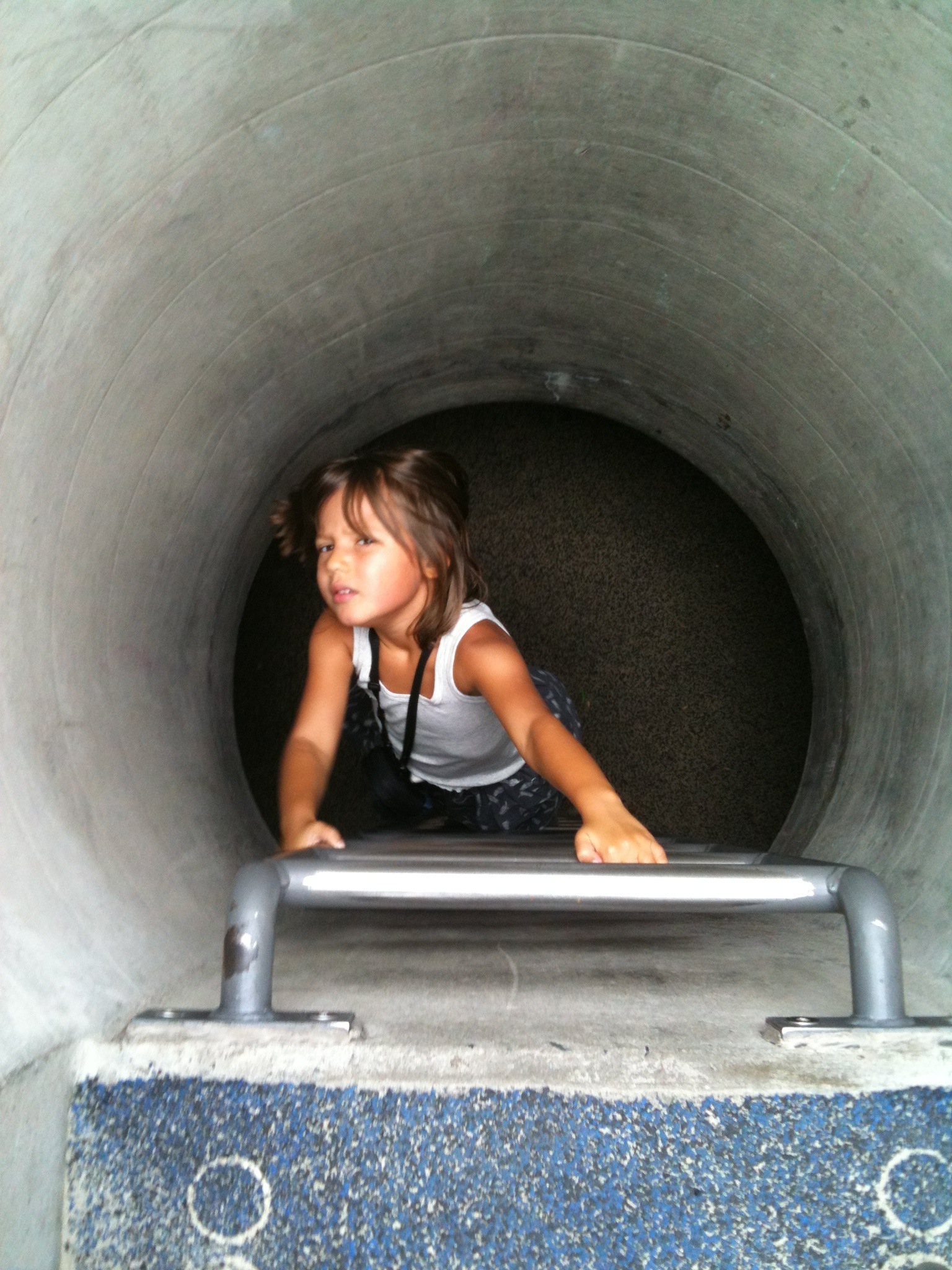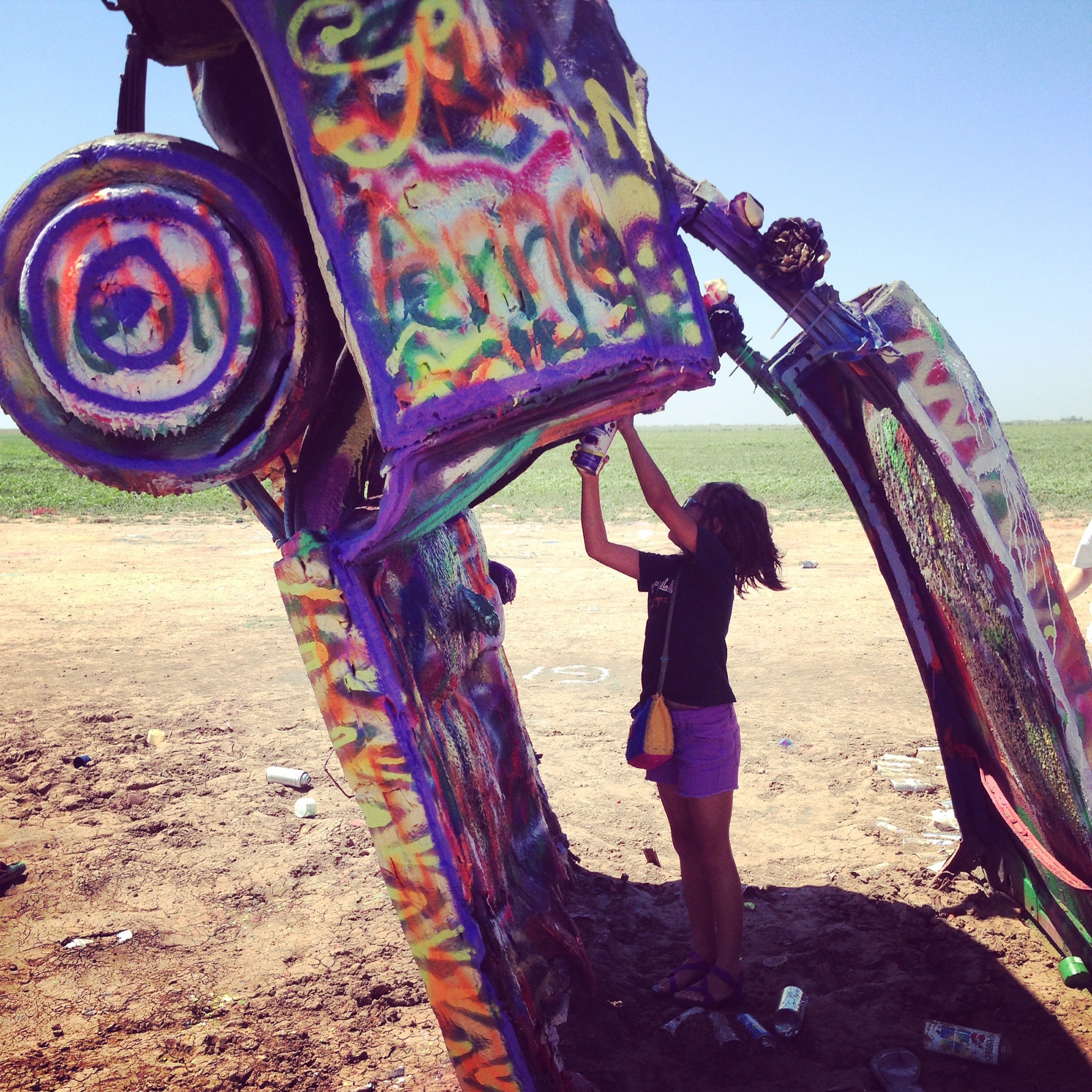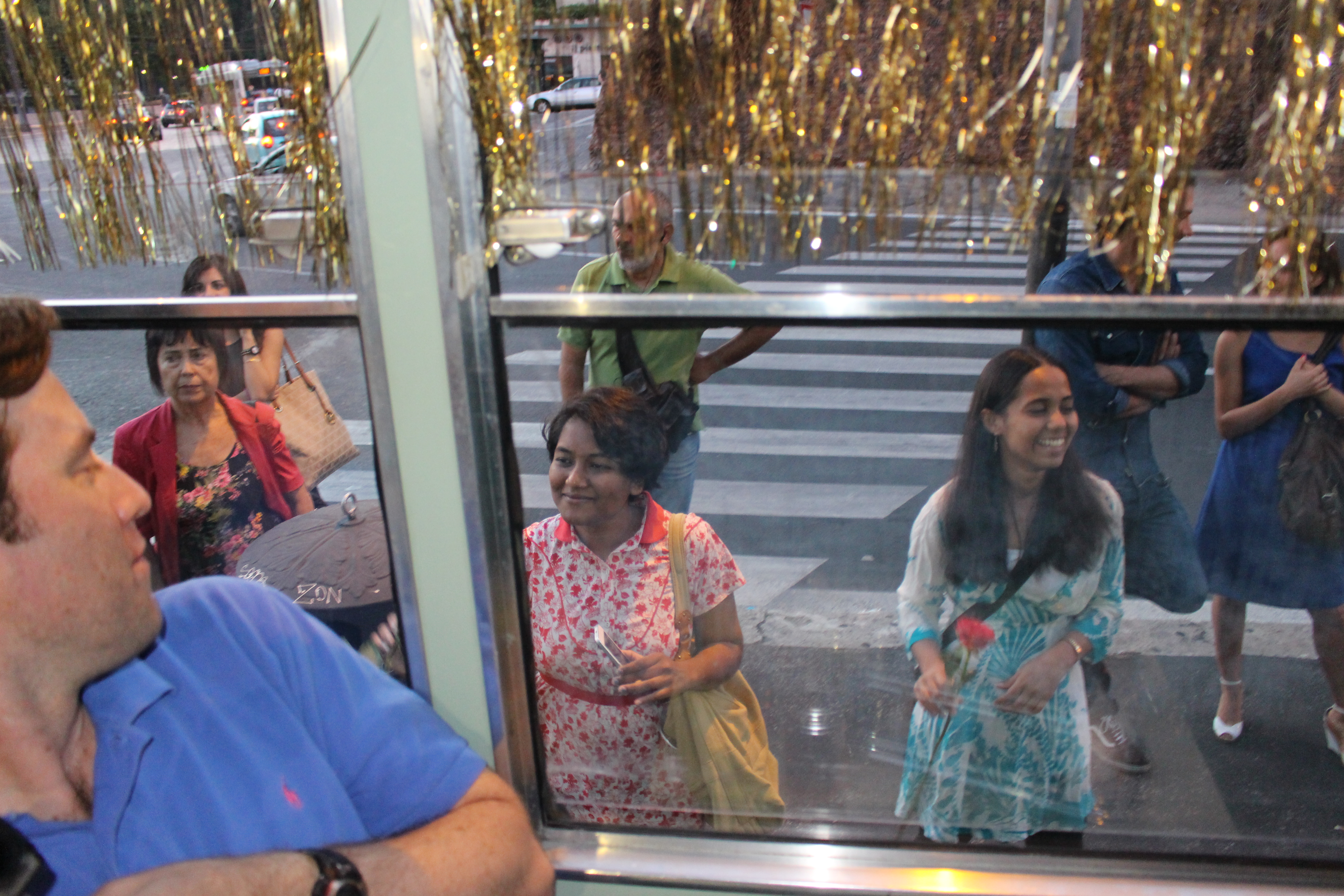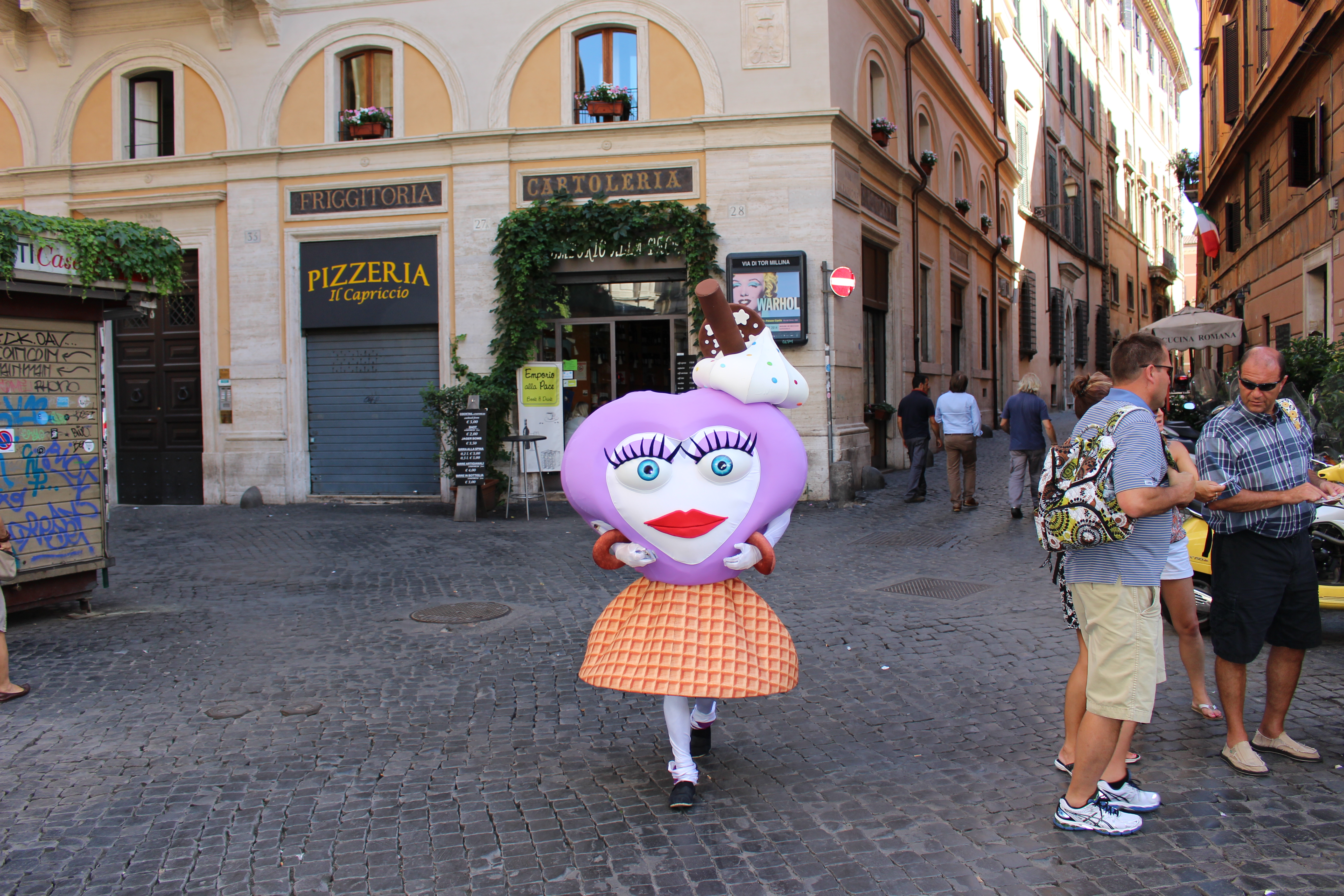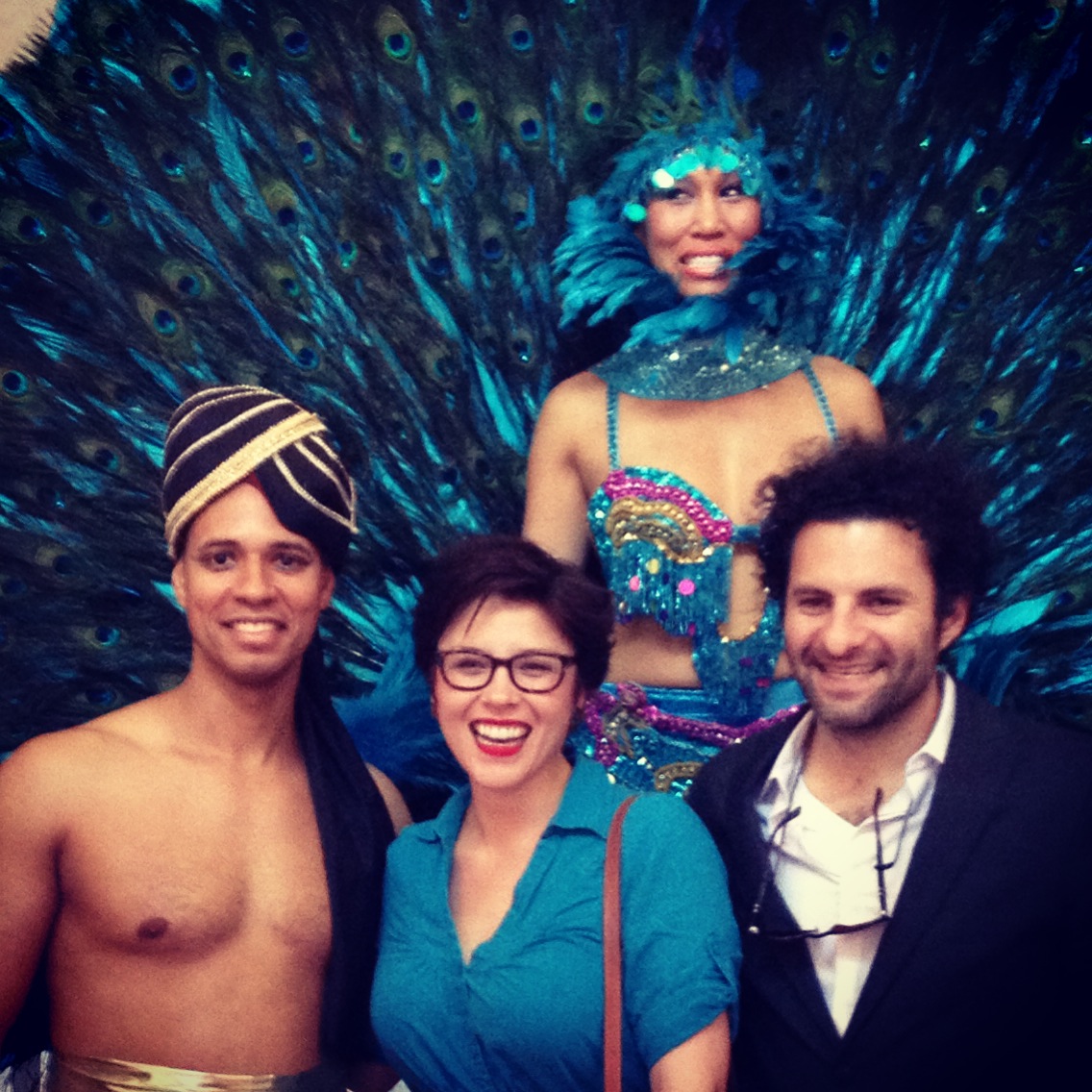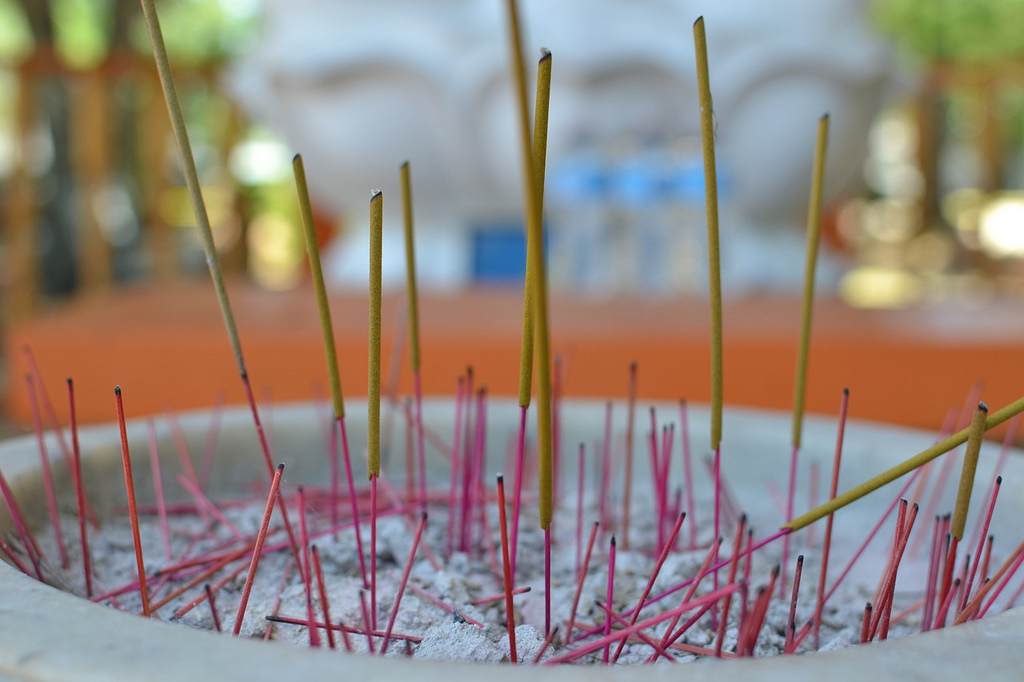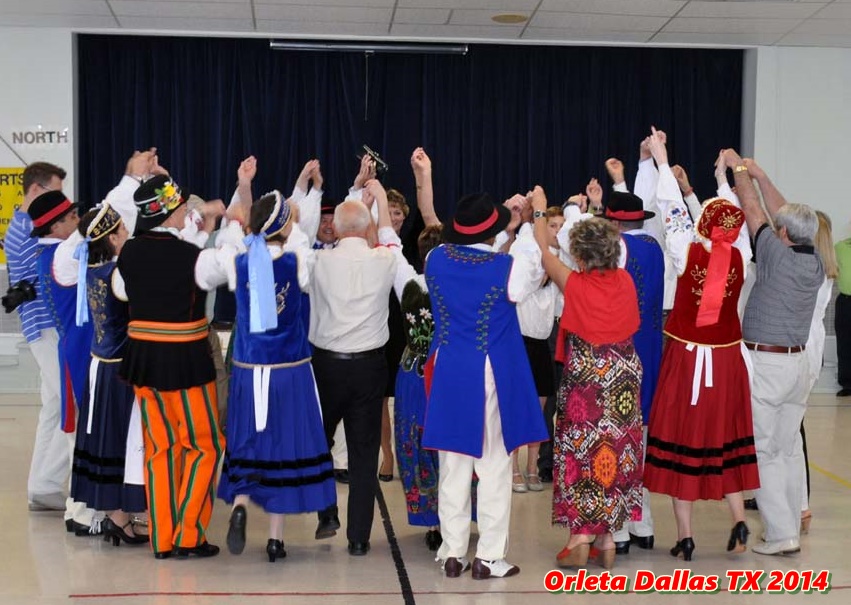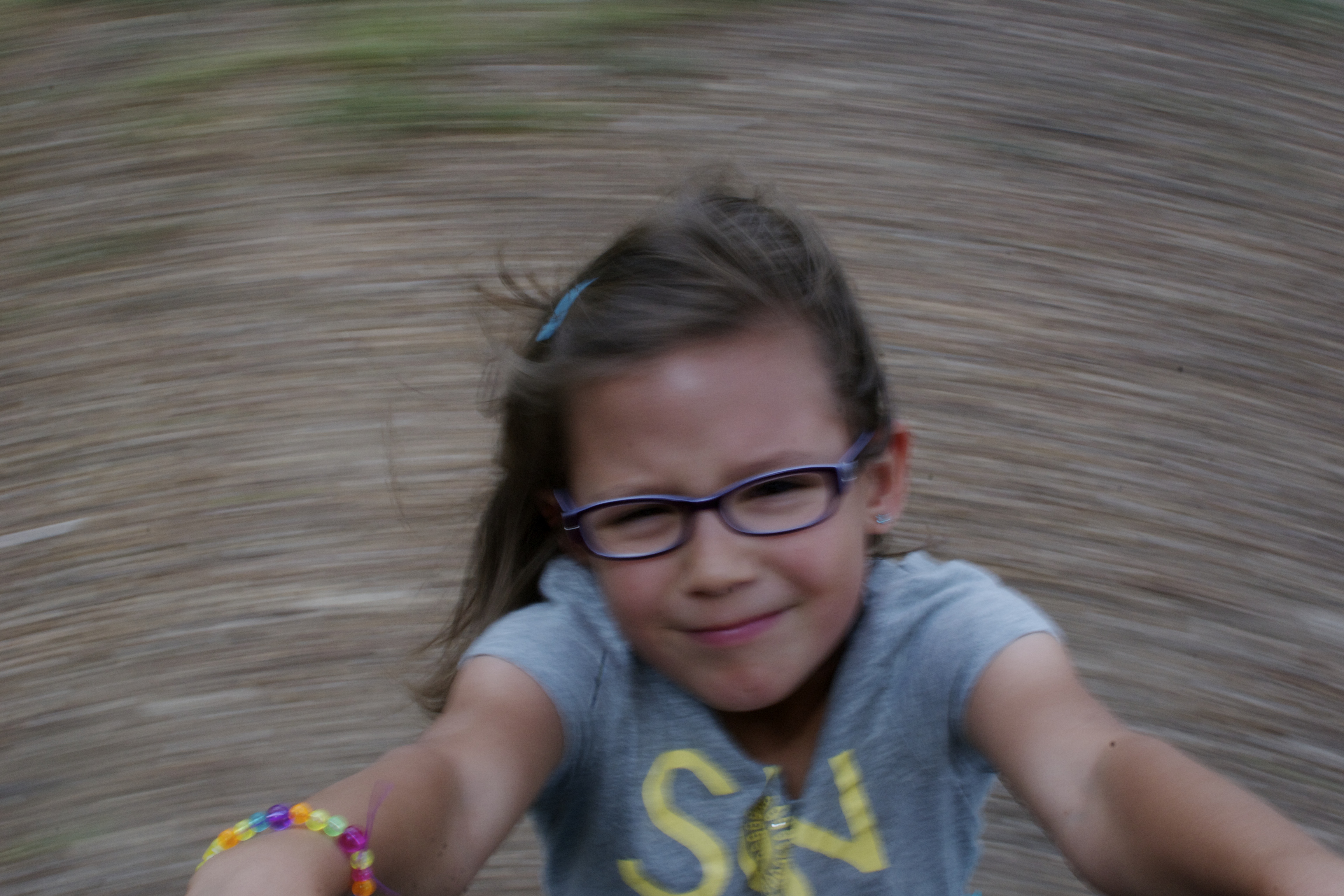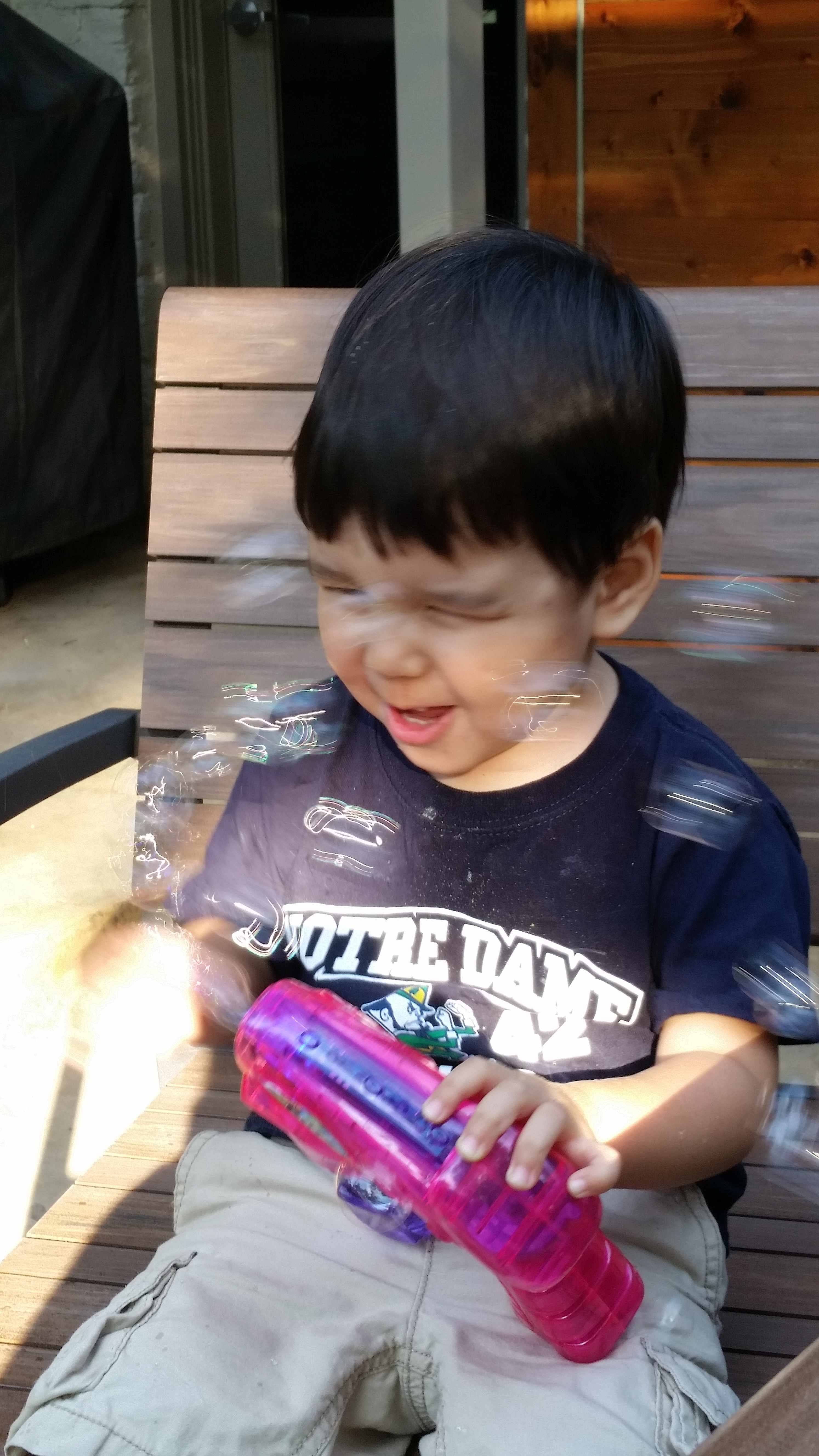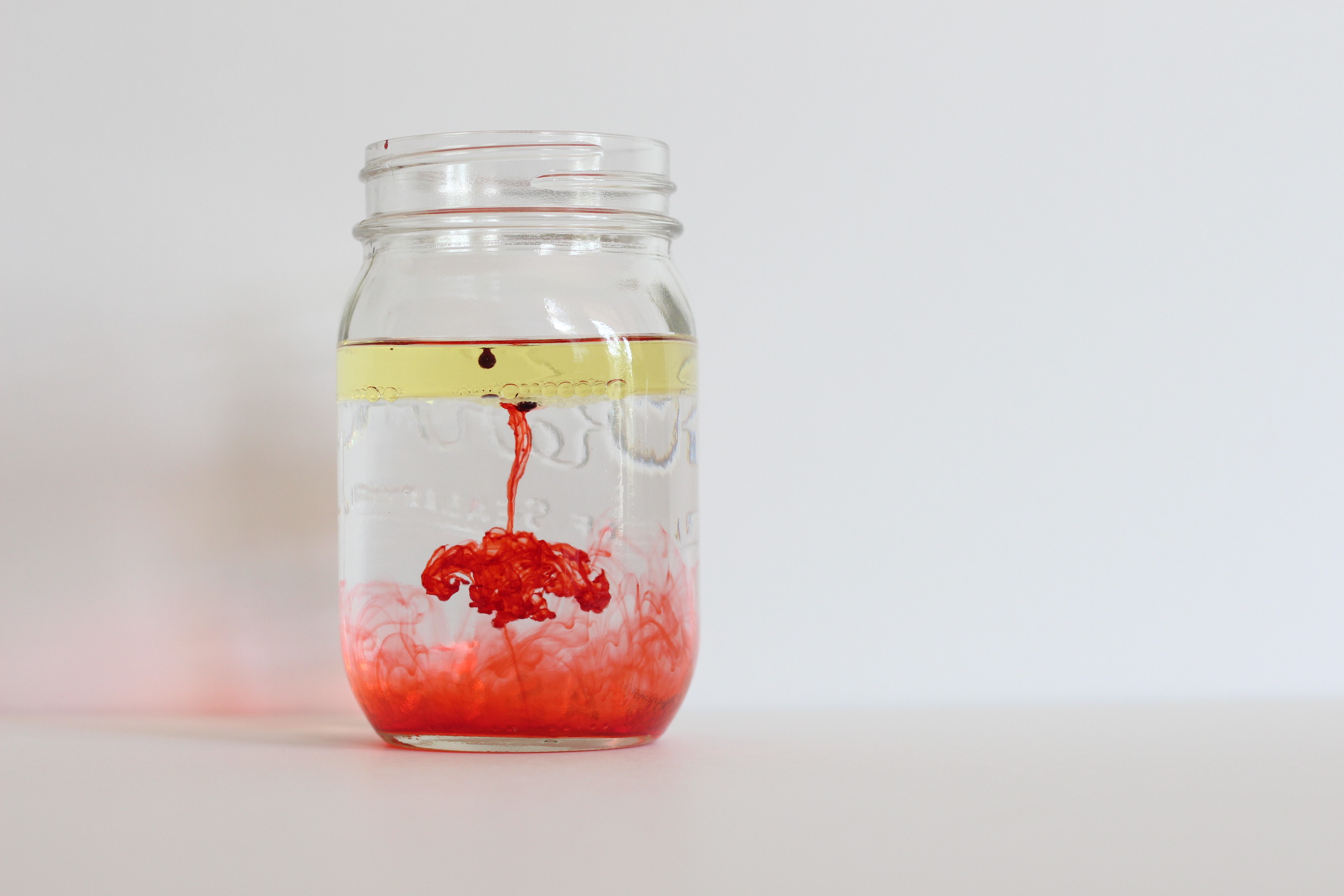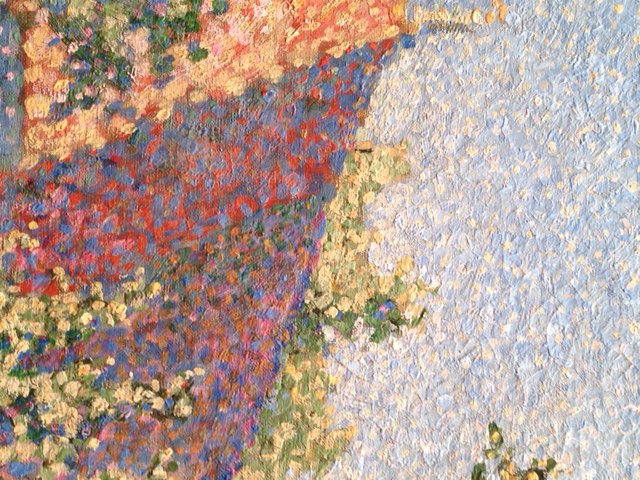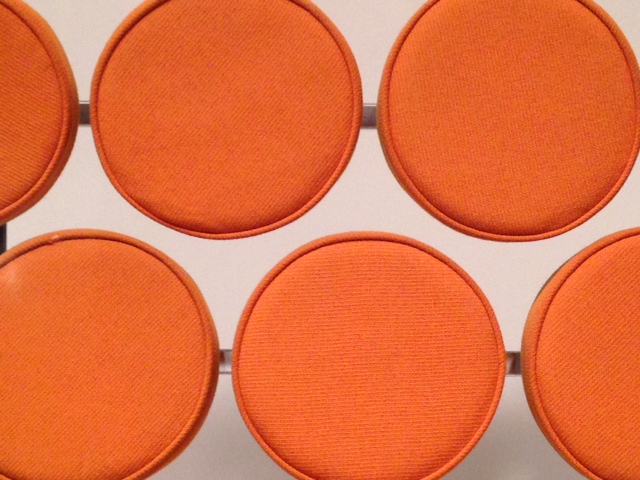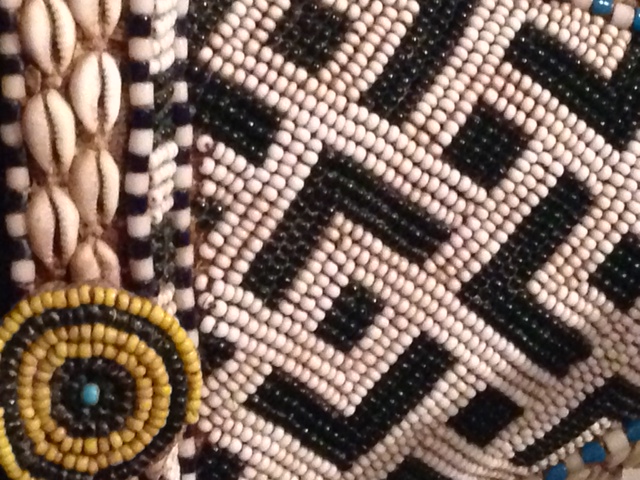With a new year beginning, we are delighted to announce a new school tour at the DMA! Starting this month, schools can book “Recipe for Art,” a tour developed for Kindergarten and First Grade visitors by our Manager of Early Learning Programs, Leah Hanson, and our Manager of Docent and Teacher Programs, Josh Rose.
One of the main goals of “Recipe for Art” is to help children make connections between art and their own personal experience. This is done by connecting a familiar idea (that of using a recipe to make a delicious treat) to the way that an artist makes a work of art. Instead of ingredients like flour and sugar, the ingredients for art are the elements of design: shape, line, color and texture.
- Puzzle version of Robert Delaunay’s Eiffel Tower.
- Color paddles and paint chips help the students explore color!
On the tour, groups will visit four or five different works of art in the collection, in order to talk about the basic elements of design. Groups first explore what the terms mean before then looking closely at the work of art in front of them. This leads to discussion, after which the children engage in a variety of kinetic and multi-sensory activities. These activities were specially designed to address various learning styles and to focus on the attention span and needs of this particular age group.
- Jackson Pollock, Cathedral, 1947, Dallas Museum of Art, gift of Mr. and Mrs. Bernard J. Reis, 1950.87
- Felt and string version for the DMA’s “Cathedral” activity.
- Photograph of Jackson Pollock painting.
One important characteristic of these young visitors is their need to move! The tour was specifically designed to give children opportunities for purposeful movement–movement that helps them connect what they see to the motion that they are asked to make. One example of this is an activity based on Jackson Pollock’s Cathedral. The children are each given “paint” (a piece of string) and they throw it onto a “canvas” (a piece of felt), in order to simulate the movement of Pollock’s action painting. This allows the children to burn off some of their energy, while also connecting them with the art!
- Leah Hanson sharing tips and strategies for the tour.
- Docents exploring the activities!
The “Recipe for Art” tour was developed by members of the DMA staff, but it will be implemented by our wonderful docents, who lead most of our school tours. Yesterday, the docents gathered for a training dedicated to this new tour. Leah gave them an overview of the tour and its origins, before sharing tips and strategies on how to deal with this particular age group. After that, the docents were given an opportunity to look over the supplies for the wide variety of activities that they may use on the tour. I even took some of my fellow McDermott Interns into the galleries to try out some of the activities!
- McDermott Interns exploring activities with Gerald Murphy’s Watch (1925, Dallas Museum of Art, Foundation for the Arts Collection, gift of the artist, 1963.75FA)
- McDermott Interns exploring Robert Delaunay’s Eiffel Tower (1924, Dallas Museum of Art, gift of the Meadows Foundation, Incorporated, 1981.105)
For most visitors of this age group, it will be their first visit to a museum. With this new and unique tour, we’re hoping to make their first experience not only a positive one, but one that they will remember. By teaching these curious and imaginative children the basic elements of design, they will then be equipped with all of the ingredients to make their own art!
We’ve already begun to schedule the “Recipe for Art” through the month of January. If you’re interested in booking a tour for your school or classroom, complete our tour request form online and our Audience Relations Coordinator Madeleine Fitzgerald will get you scheduled!
Liz Bola
McDermott Graduate Intern for Gallery and Community Teaching
